It’s all about the numbers with performance cars, isn’t it? You know, the headline stats that can be pulled out at the bar any time you’re engaged in an impromptu Top Trumps tussle. Power, torque, 0-60mph, top speed – bigger, better, faster, stronger and all that. Yet as we race towards 2030 and the looming cessation of the sales of pure internal combustion engines, a new breed of go-faster motors is appearing.
Big power outputs and greasedlightning acceleration times are still part of their appeal, but equal emphasis is placed on nailing a low CO2 figure and the ability to travel as many miles as possible on electricity alone. Welcome to the age of the high-performance plug-in hybrid.
It’s a genre that Peugeot has embraced wholeheartedly; one that it has chosen to pin all its aspirations for future fast car success on. Once the purveyor of some of the finest hot hatches to touch Tarmac, the French firm is now focusing on electrification – partly due to those upcoming rule changes and partly because the tax regime in its domestic market has made traditional high-performance models so crushingly expensive that they are essentially commercial kryptonite.
Which brings us neatly to the 508 SW PSE, a car bedecked in the firm’s lion’s claw logo that was inspired by Superman’s least favourite element. Arguably, it is the most important quick car from Peugeot since the 205 GTi. No, really. Sure, it’s a big estate (there’s also a saloon) and not a flyweight pocket rocket, but this sleek and sophisticated holdall has been tasked with setting the tone for all future hot shoes for Sochaux.
And if that were not a big enough burden of responsibility, the PSE isn’t aimed at the usual motley array of mainstream models but instead has premium rivals (and a premium price to match) in its sights, such as the Polestar-tweaked Volvo V60 complete with manually adjustable Öhlins dampers and the plug-in hybrid BMW 3 Series, available with four-wheel drive and roomy Touring body for the first time.
A tough ask? Maybe, but that PSE (Peugeot Sport Engineered, the French firm’s skunkworks for souped-up standard fare) moniker hints at some bespoke chassis fettling for enhanced driver delight, plus it also has those all-important numbers on its side. The headline figure is 355bhp, which makes this the most powerful production Peugeot by quite some margin. This is delivered by a 197bhp turbocharged 1.6-litre petrol four-pot and an 11.5kWh battery that powers a pair of 110bhp electric motors – one sandwiched between the engine and eight-speed automatic transmission and another driving the back axle, for four-wheel drive capability.

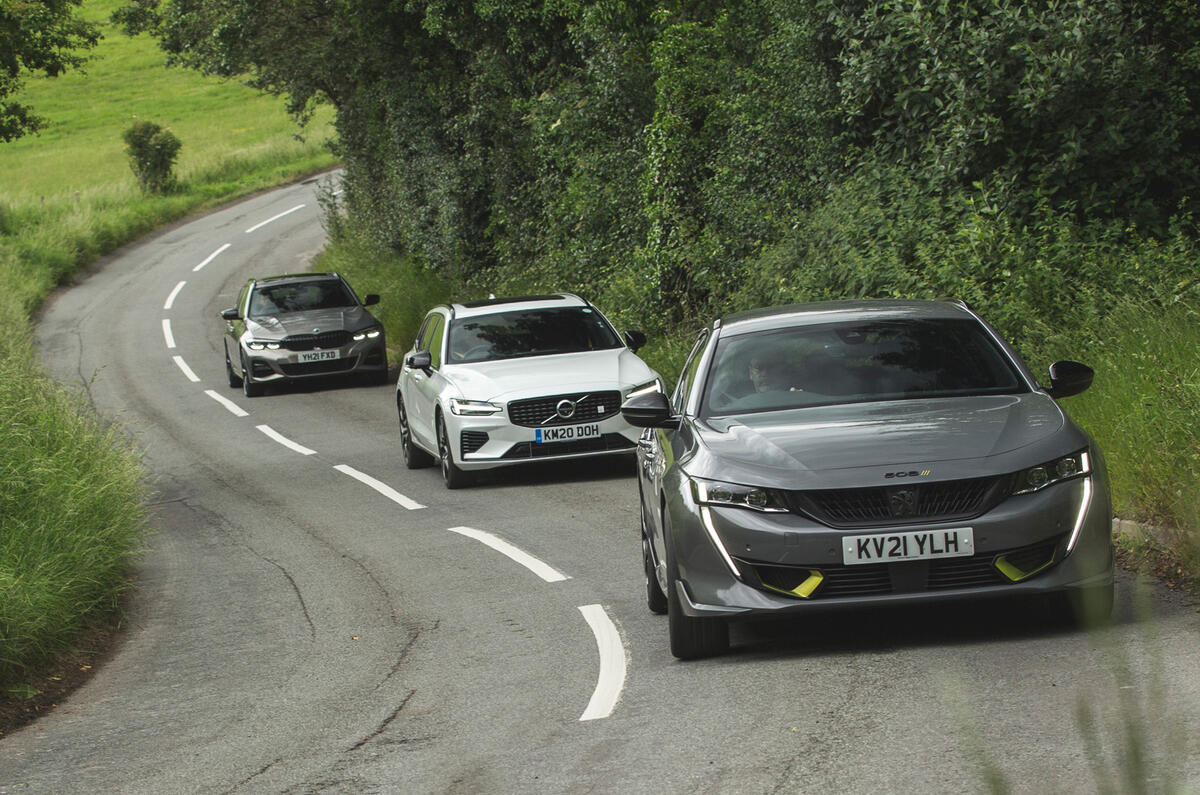
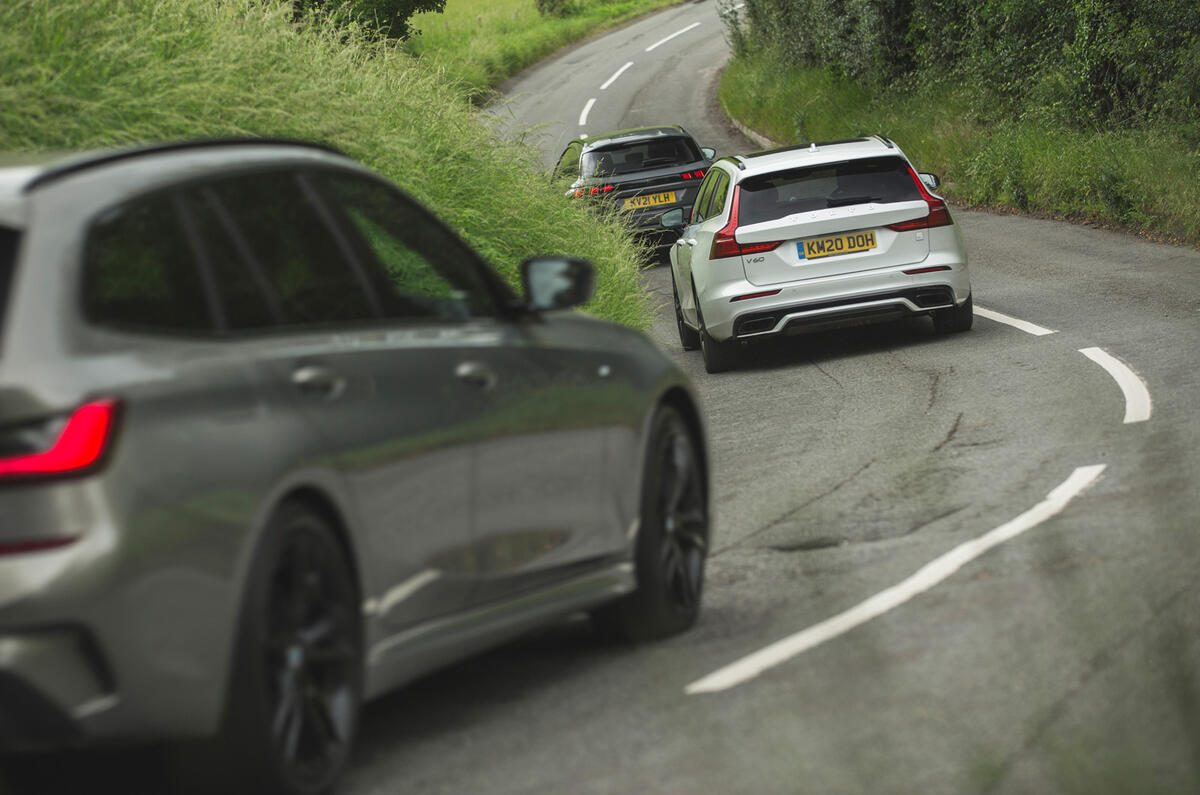
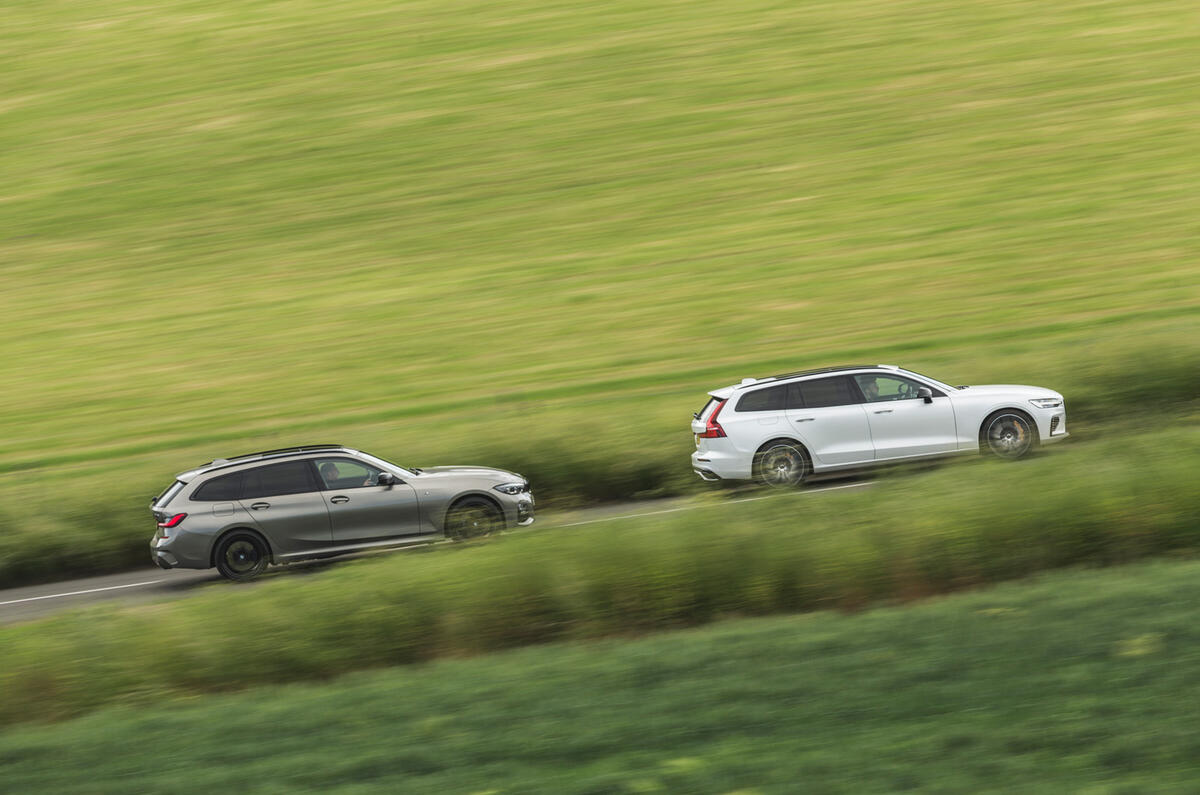
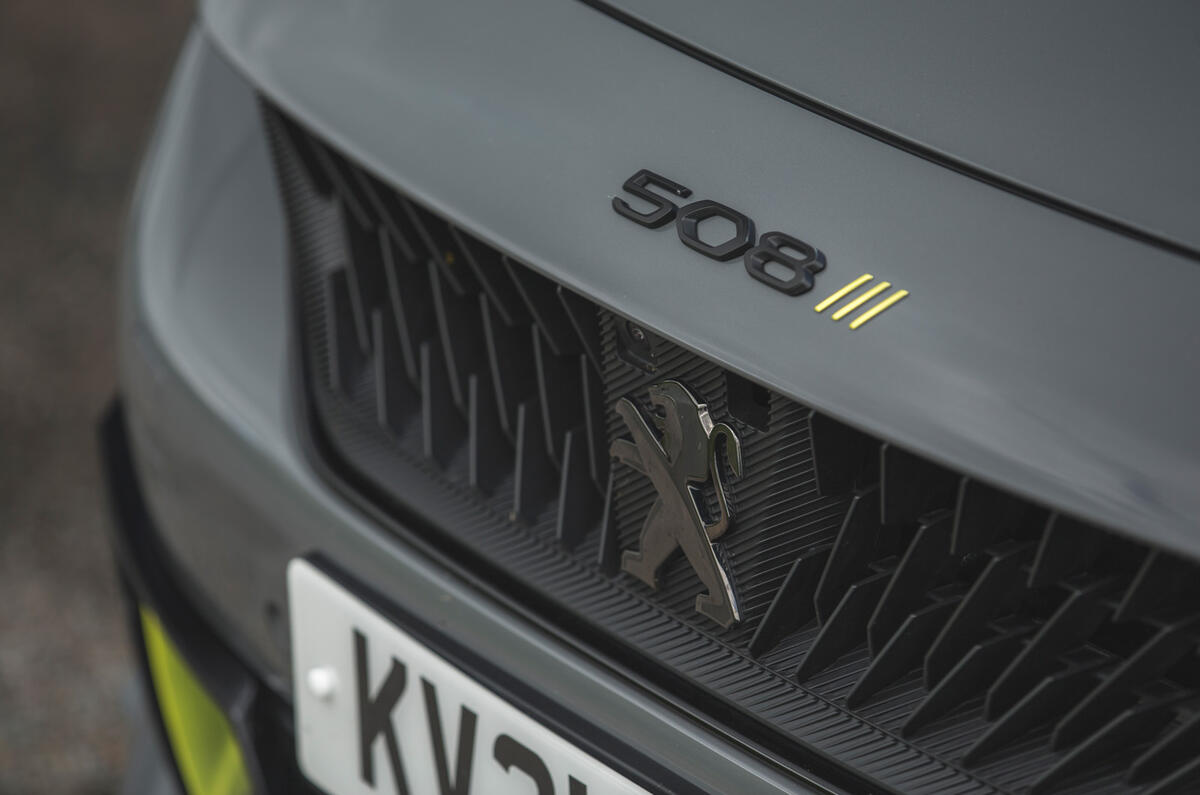
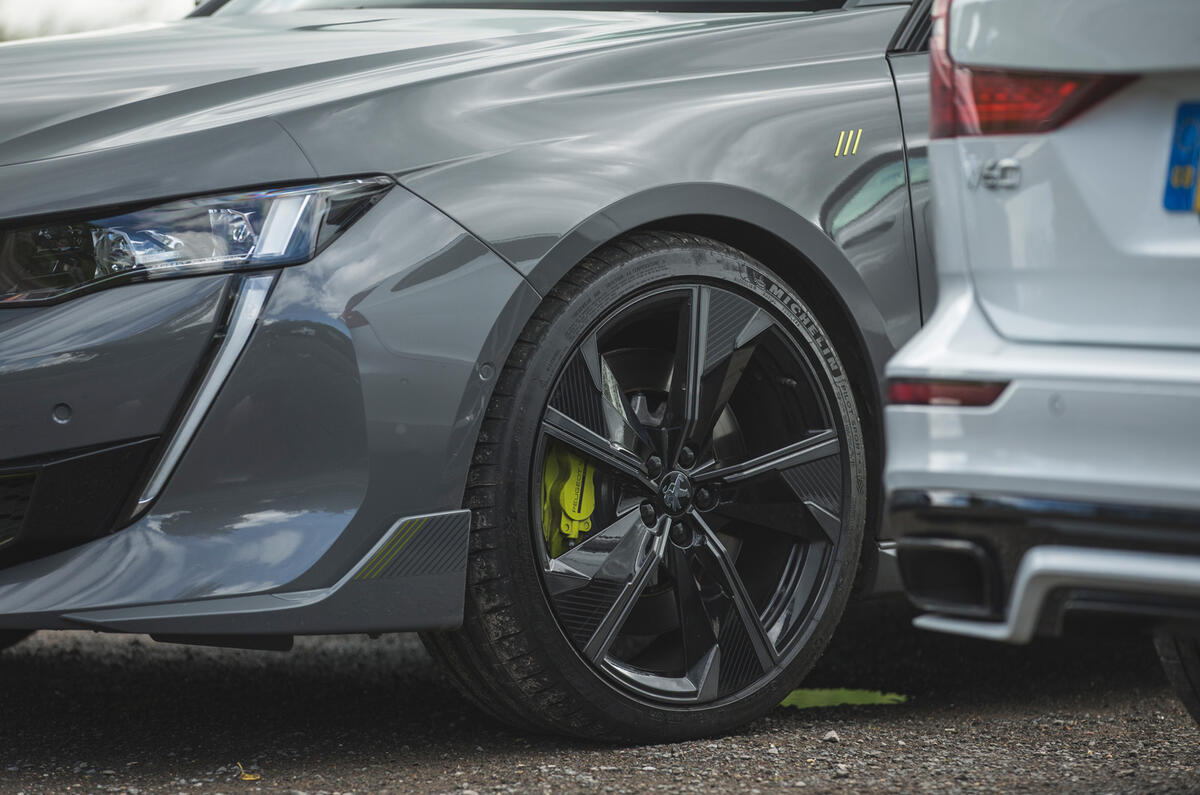
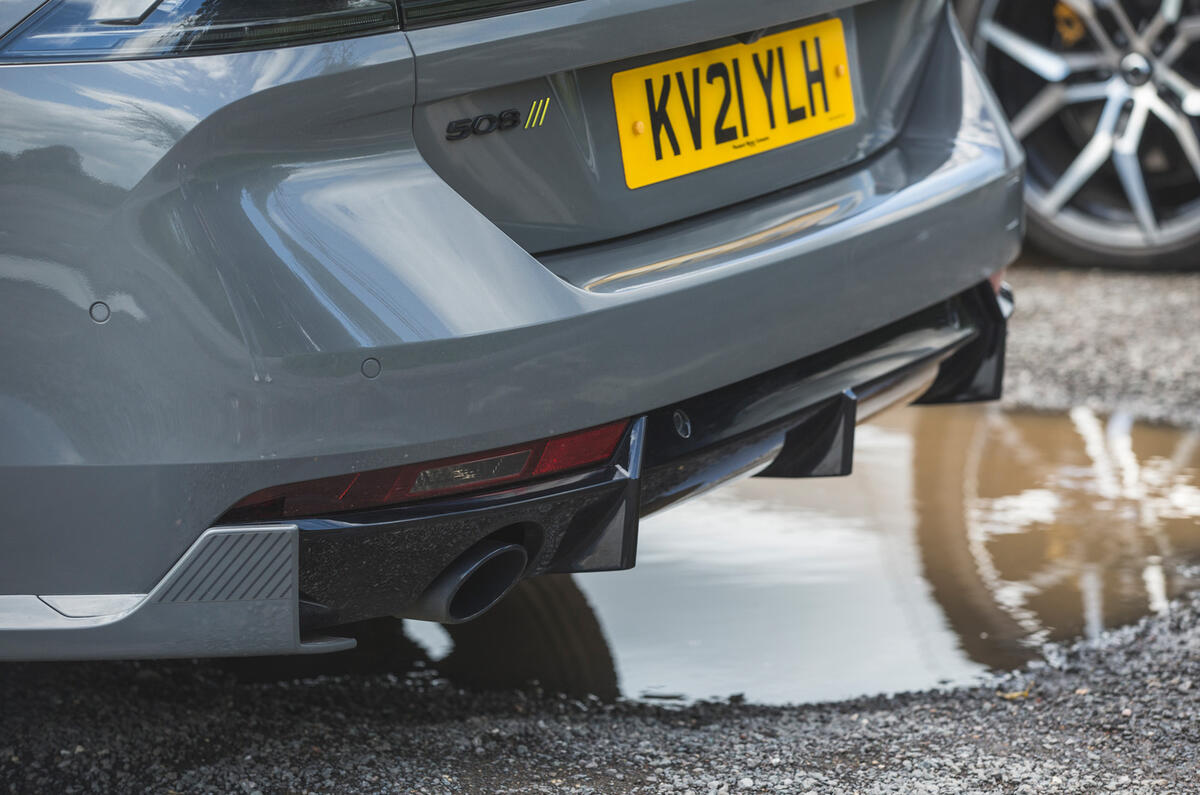
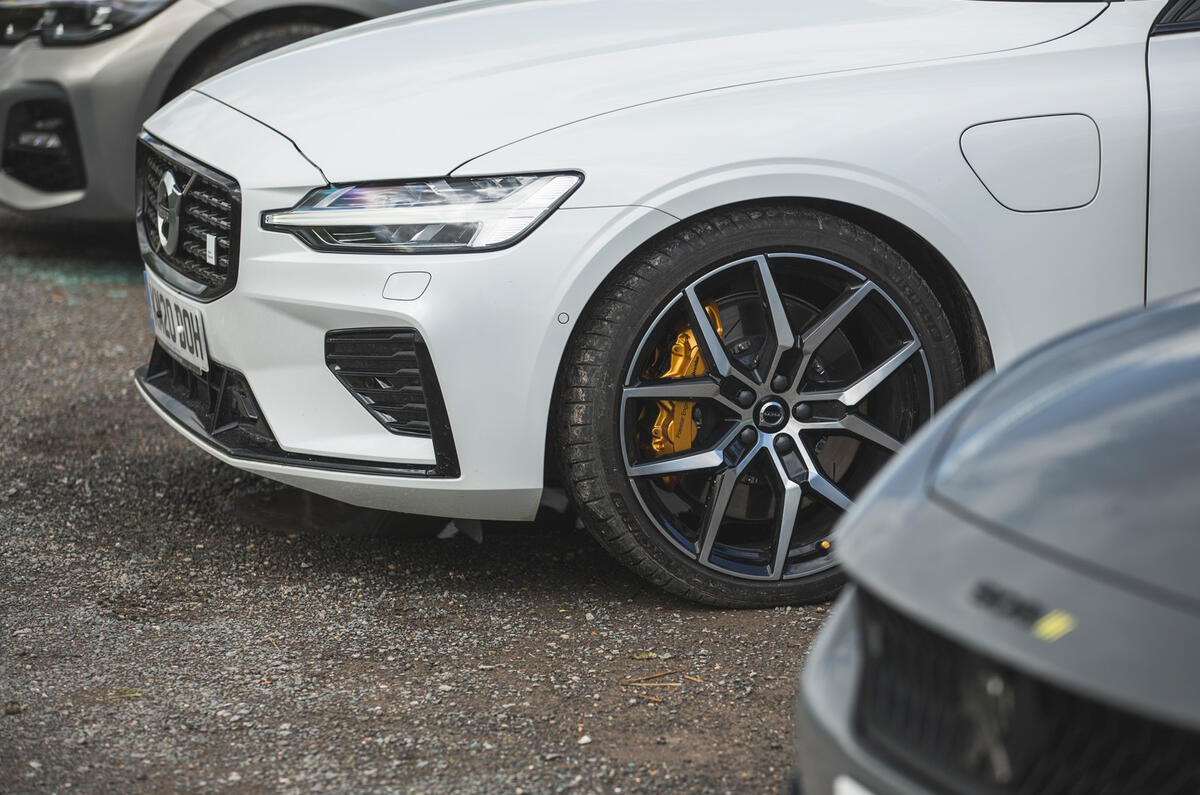
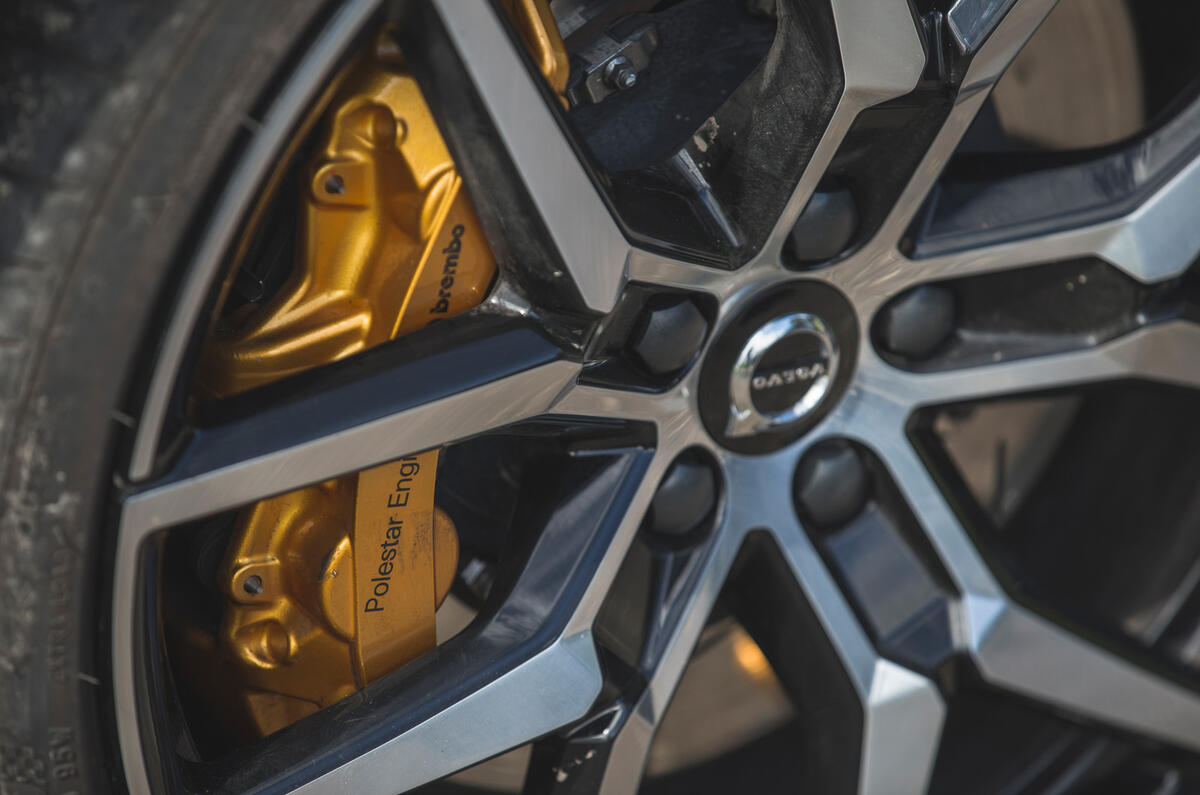
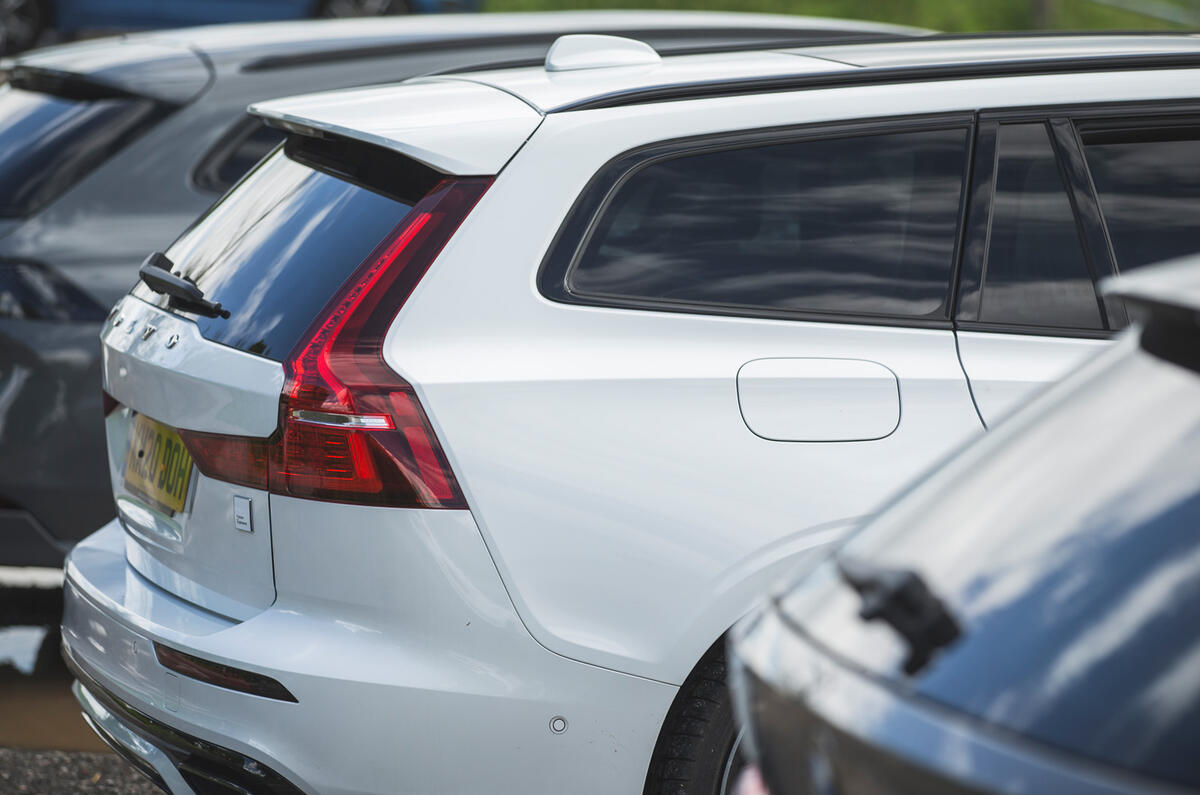
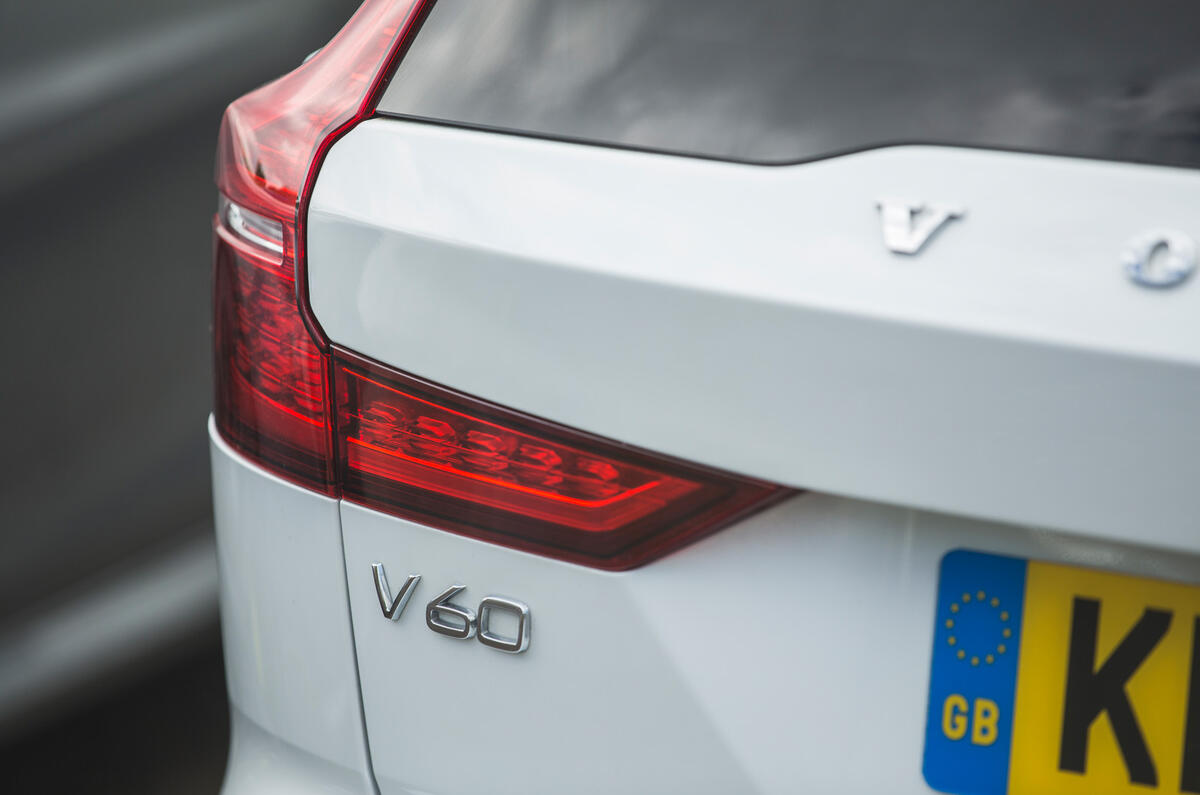
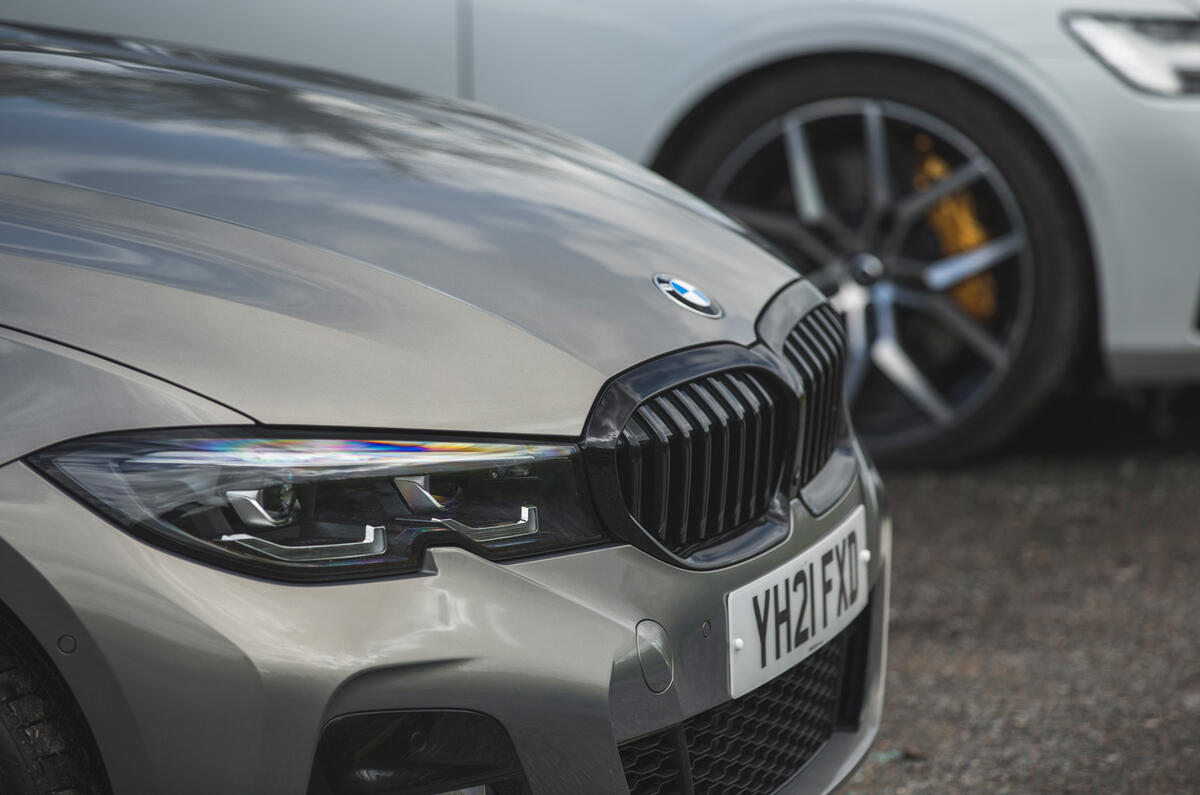
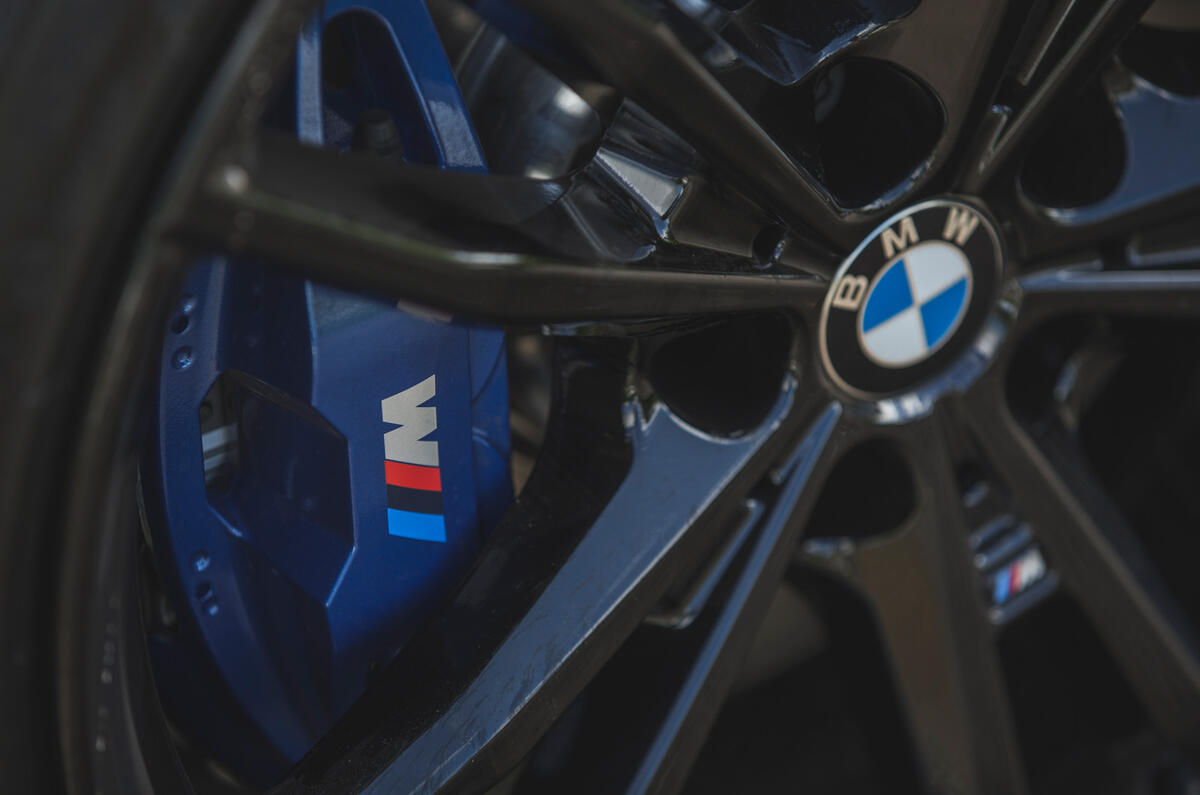
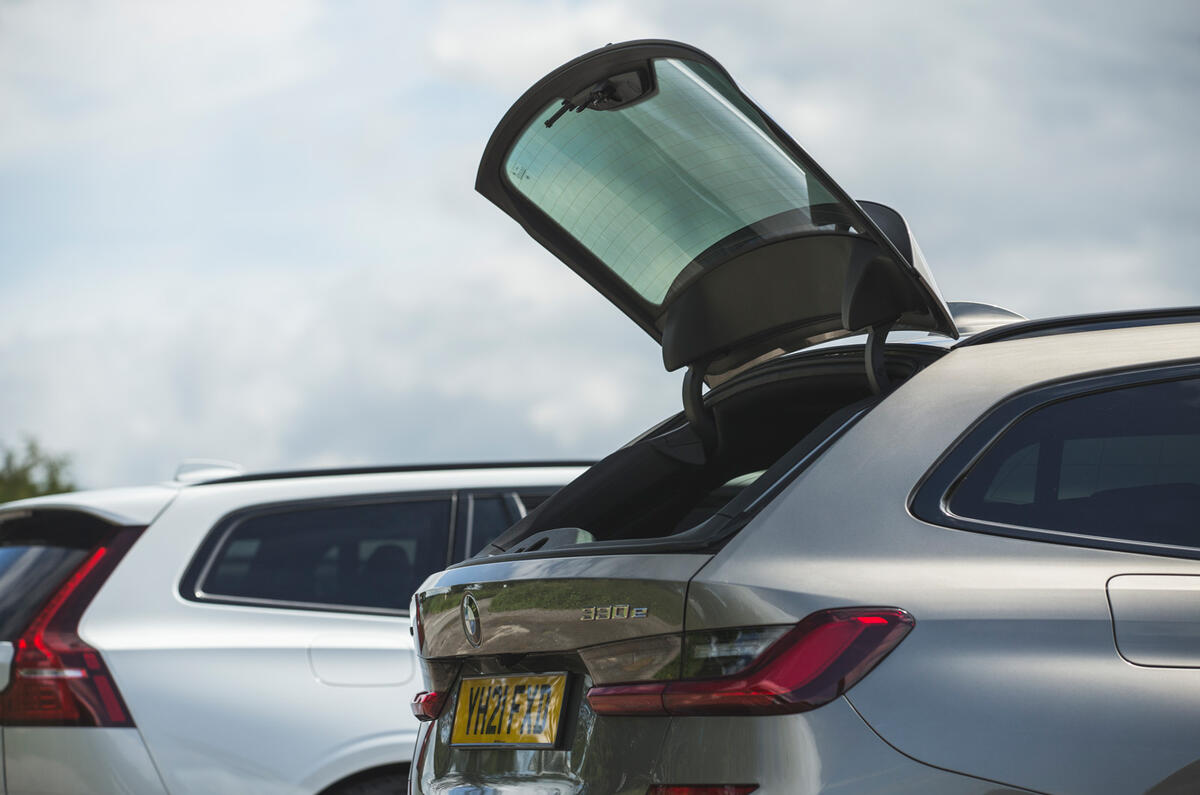
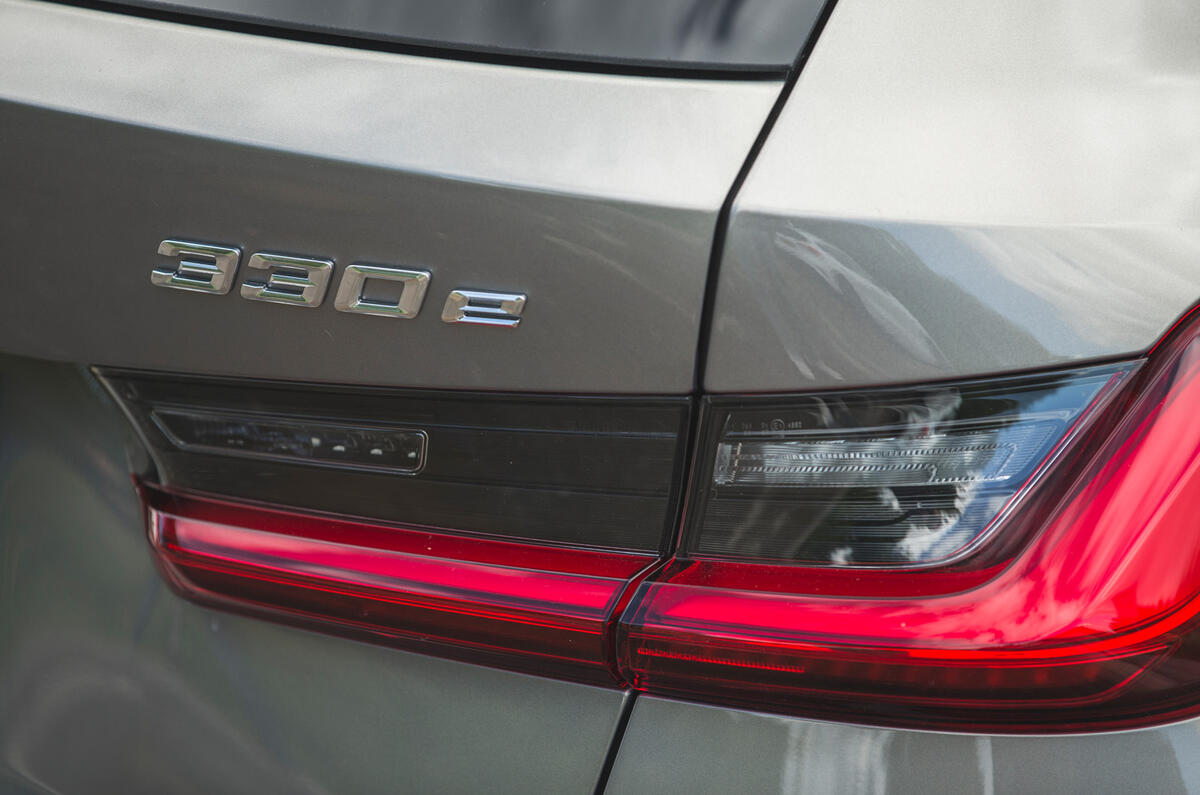

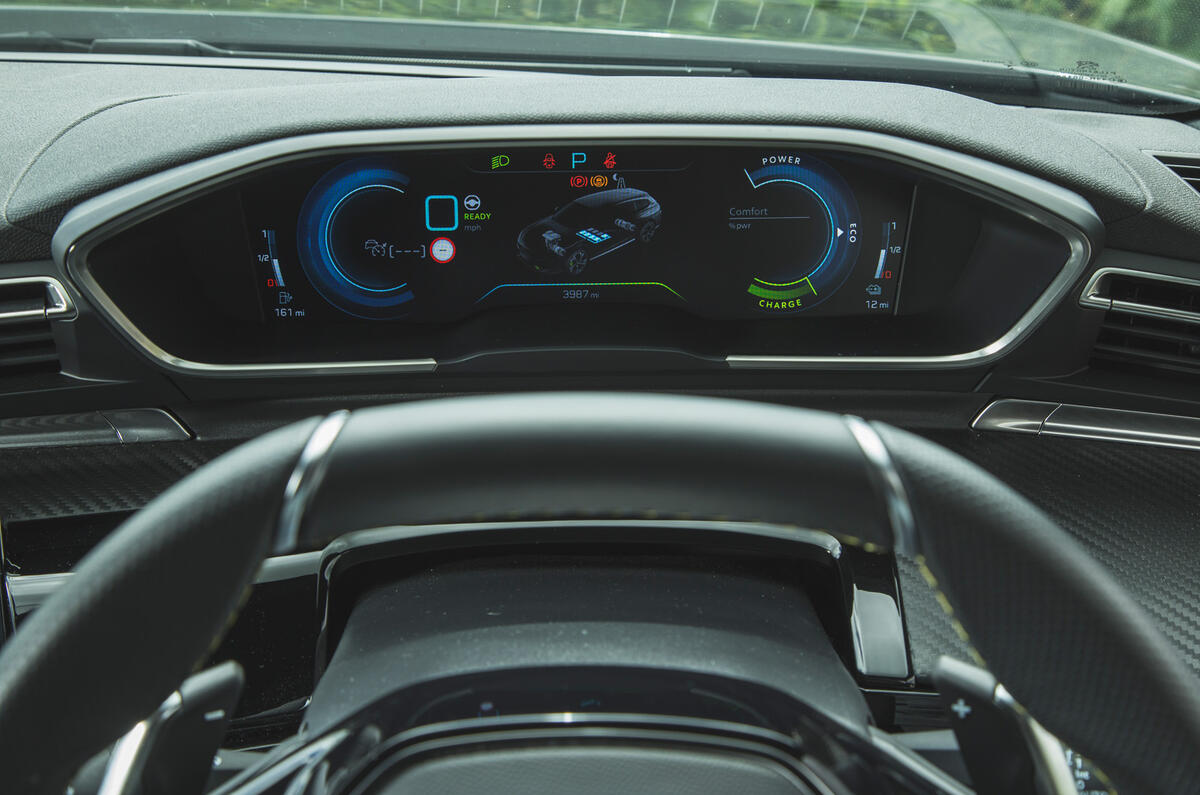
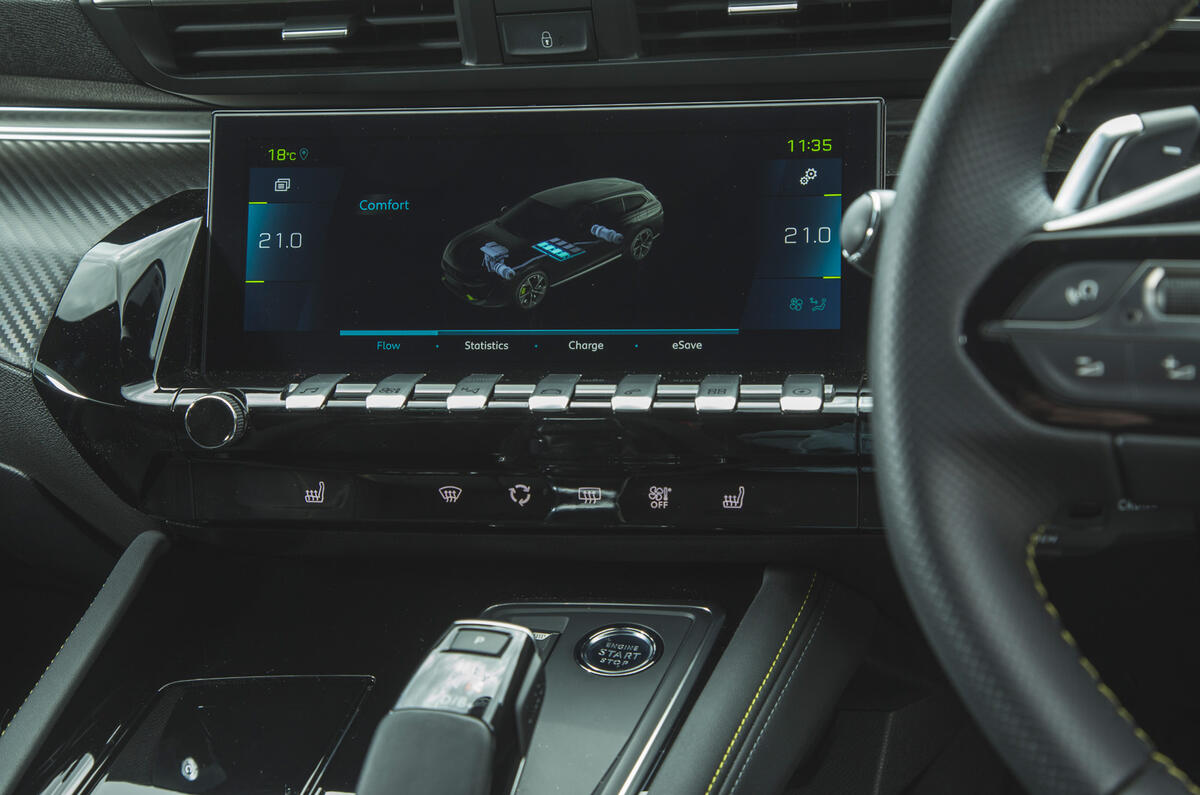

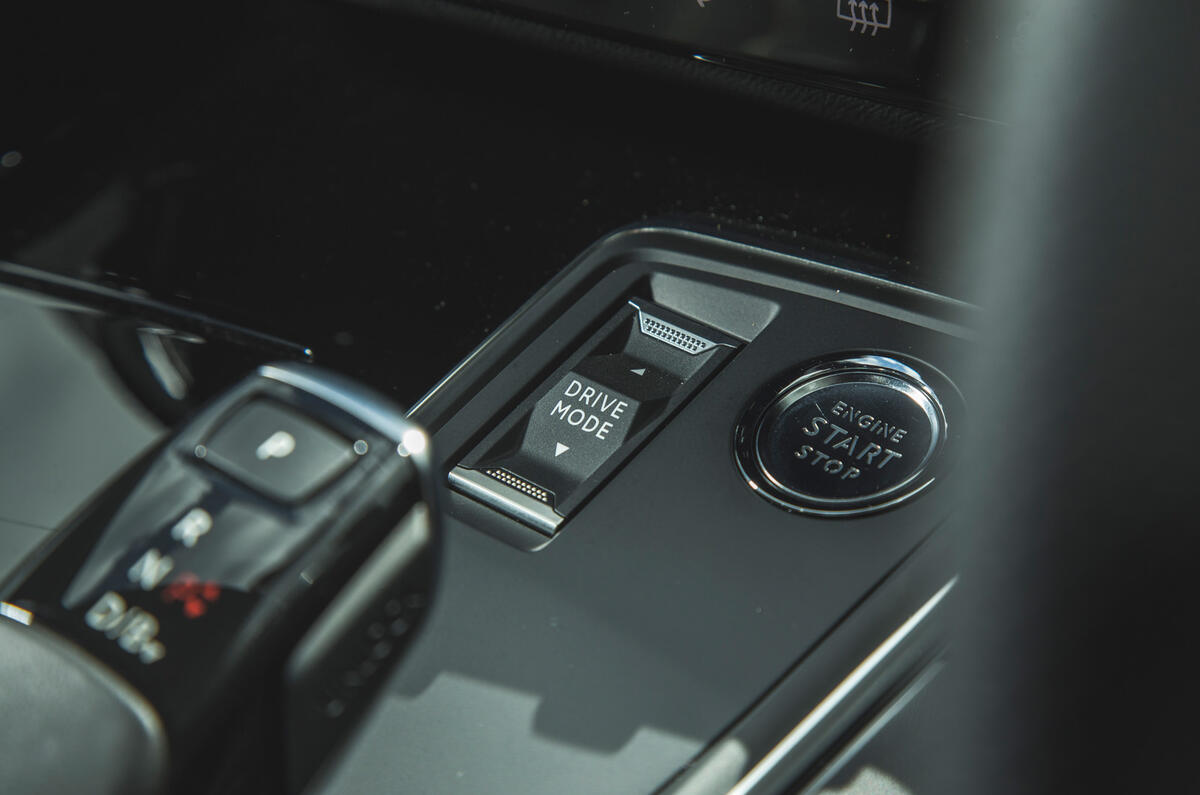
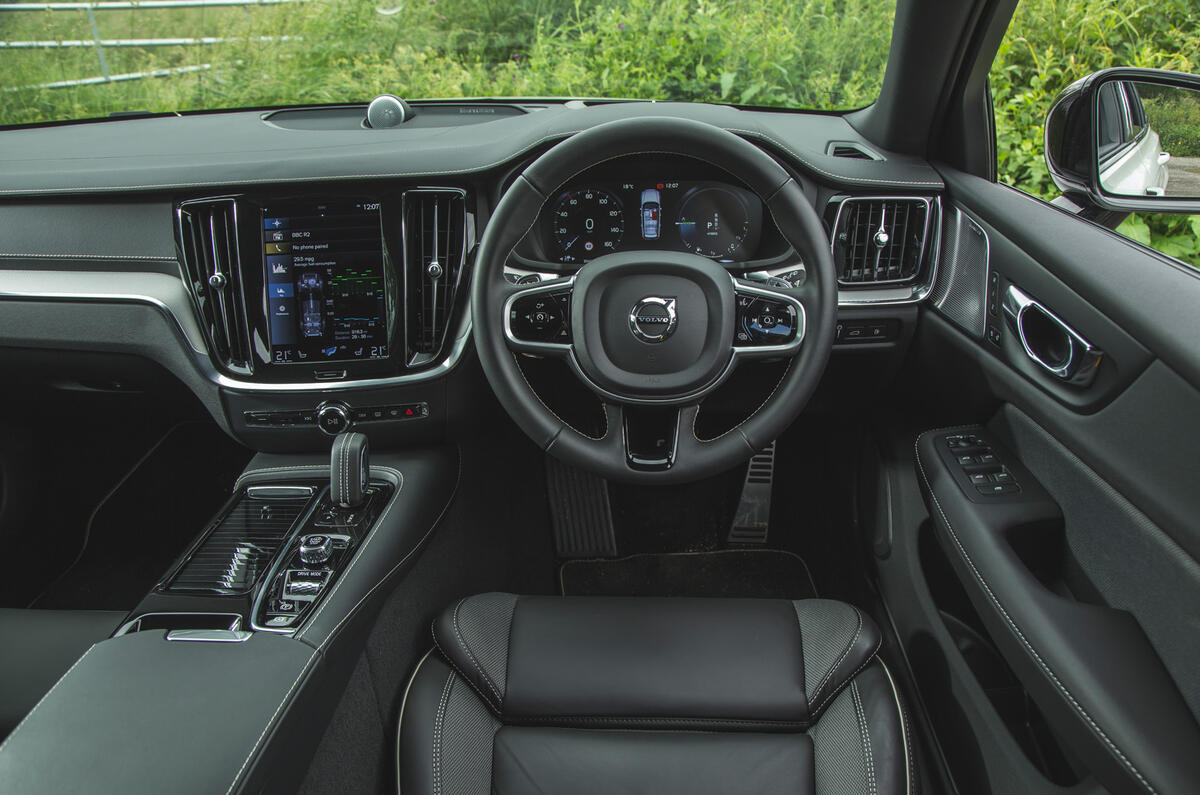
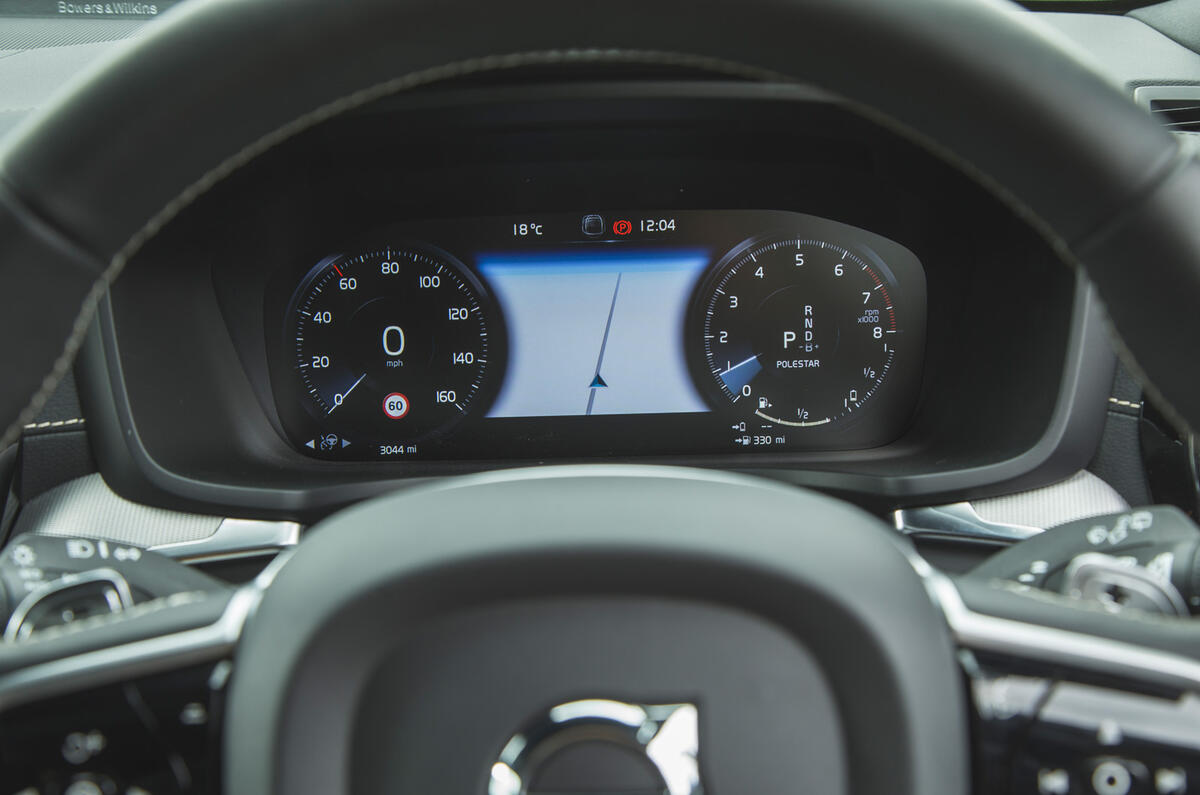
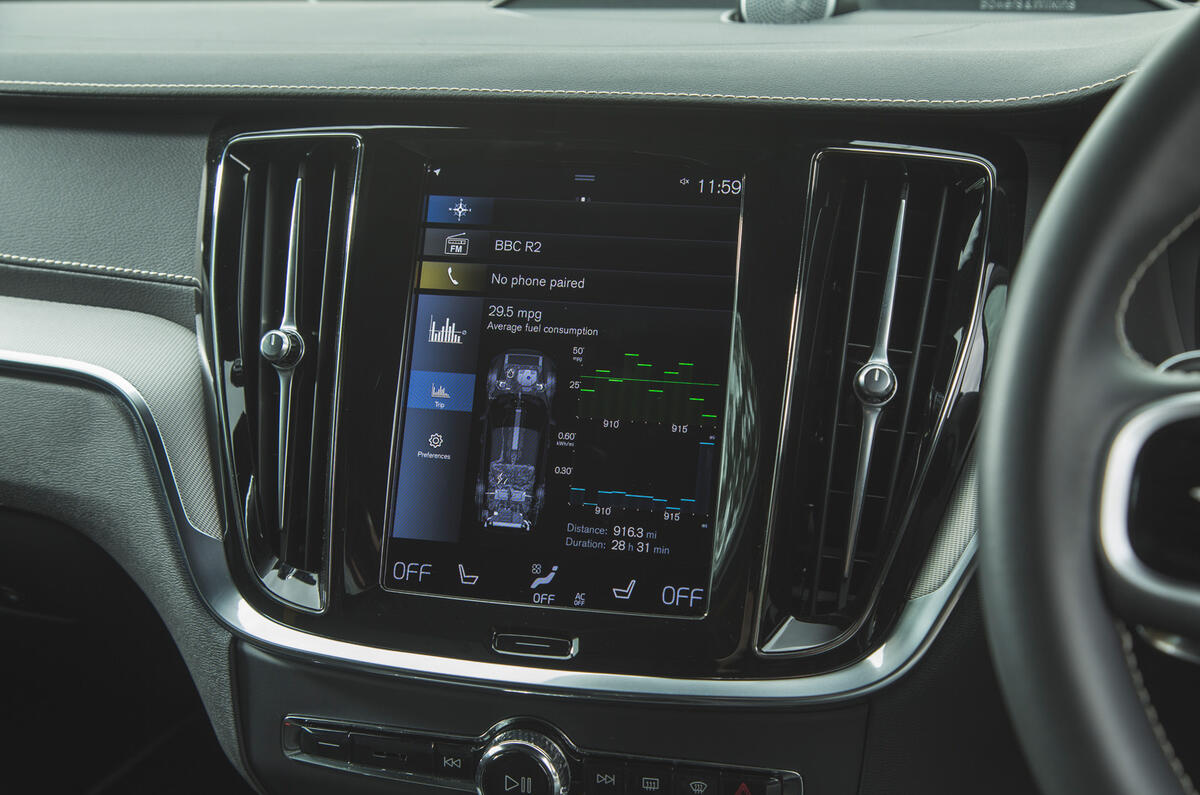
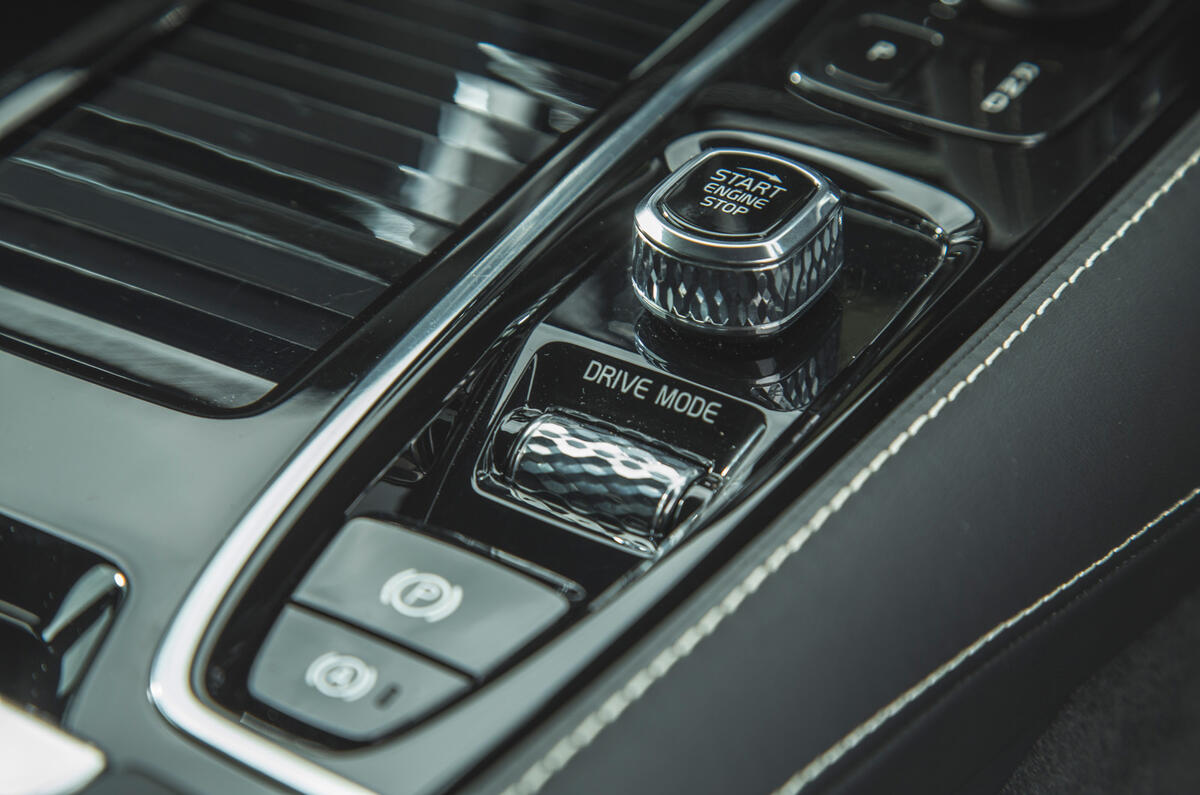

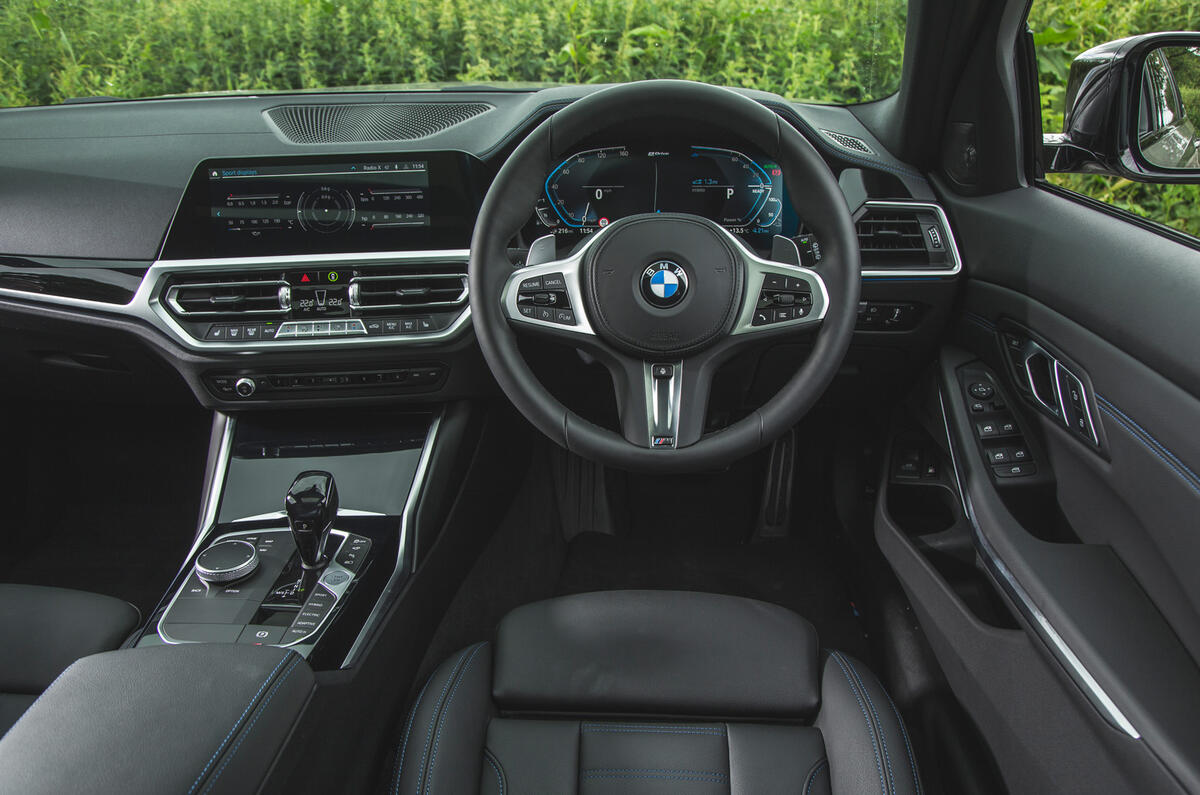
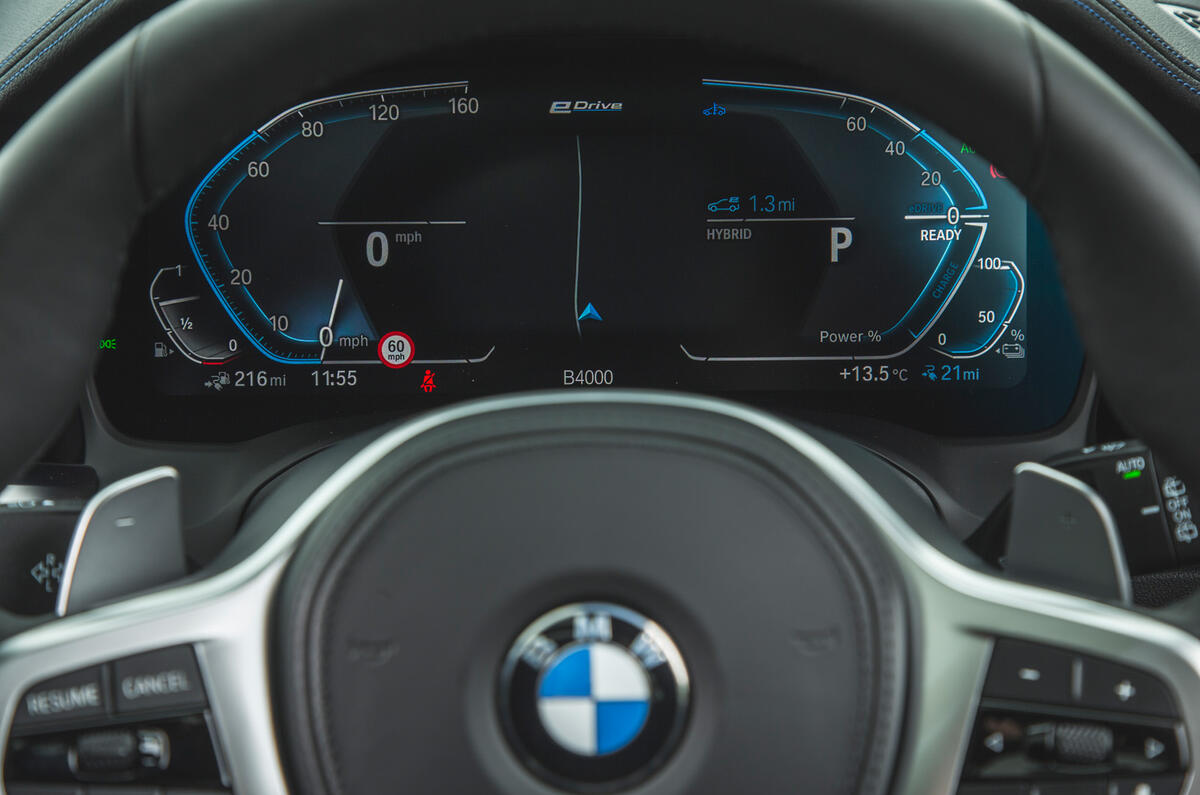
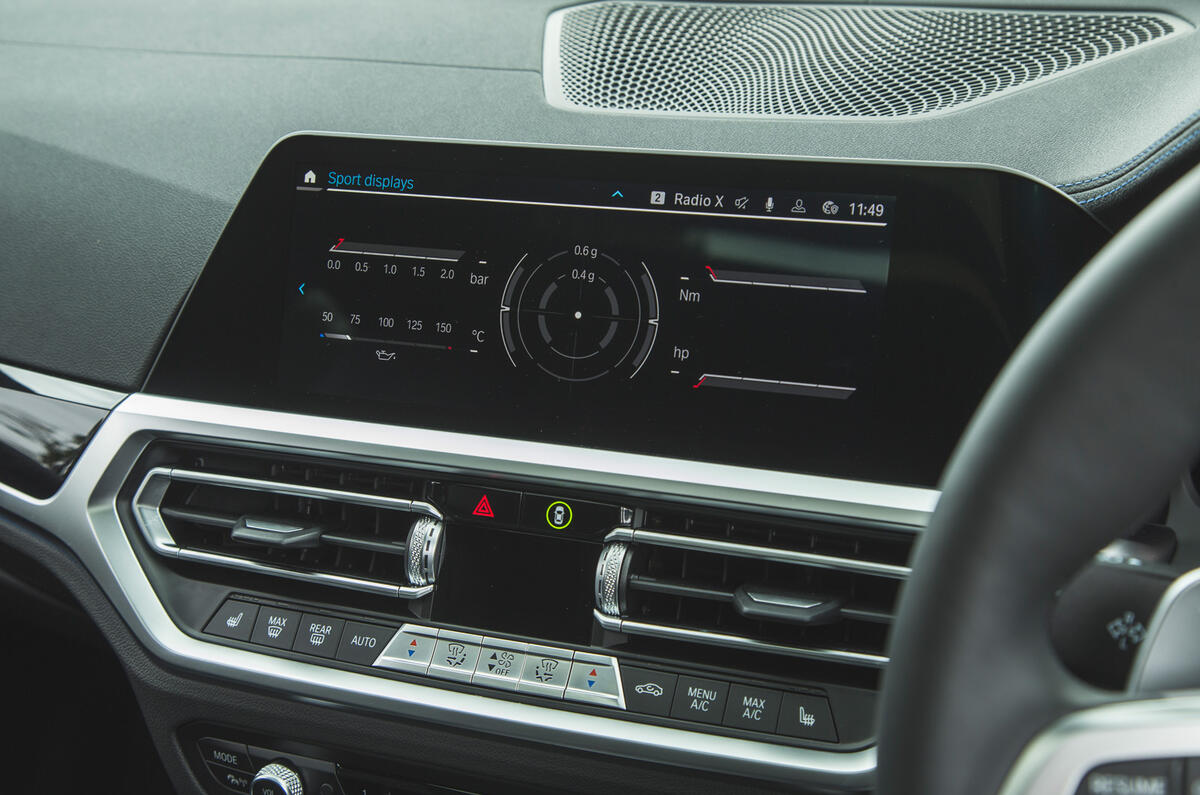

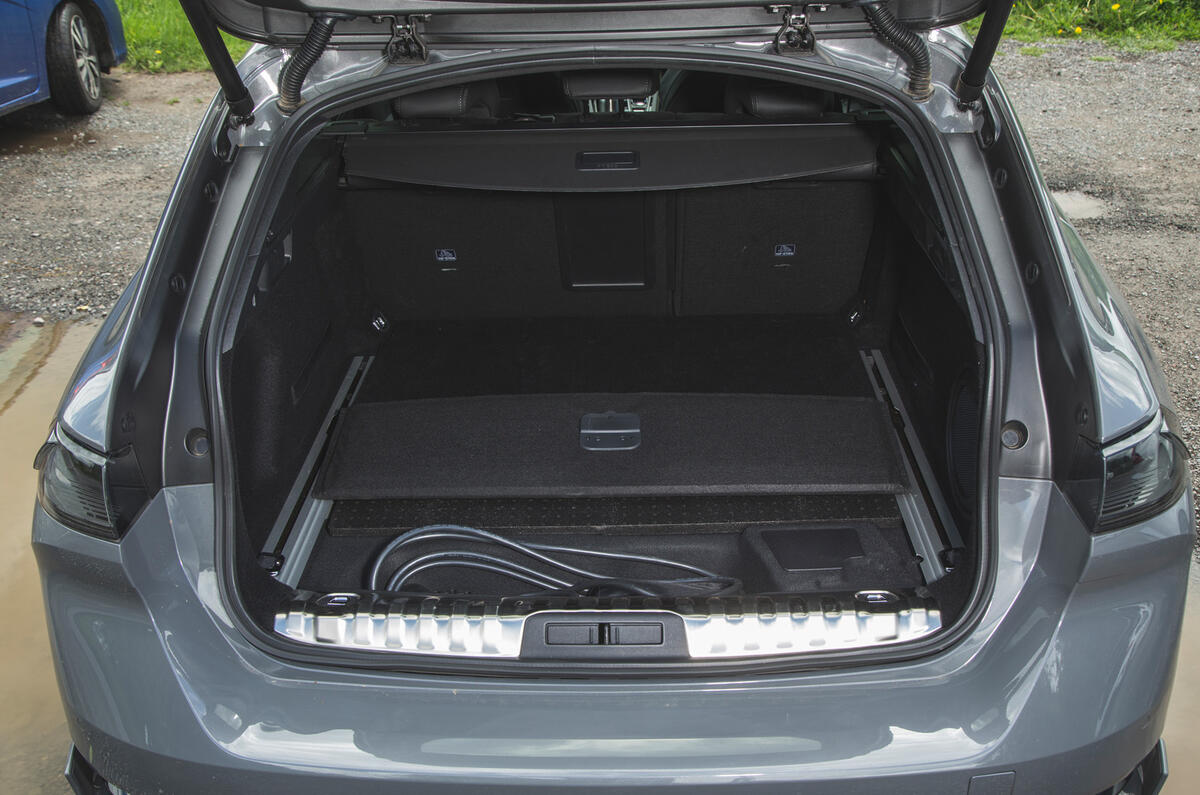
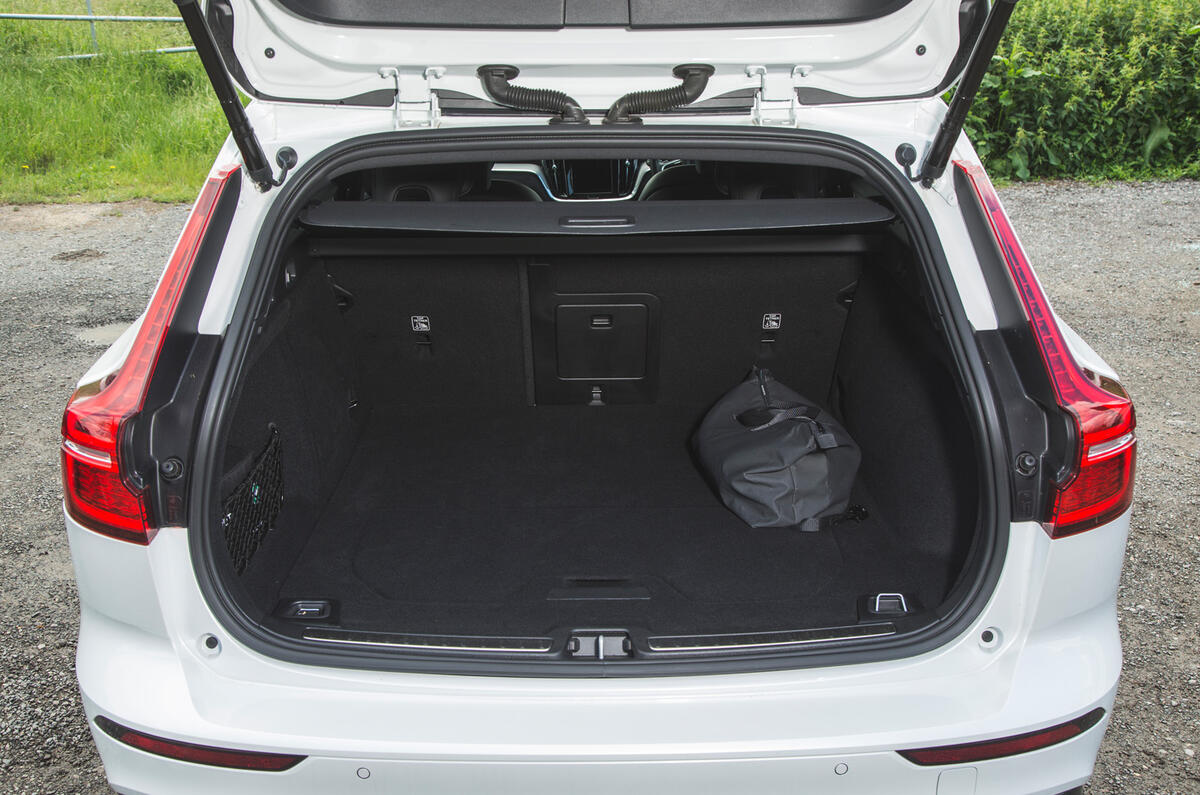
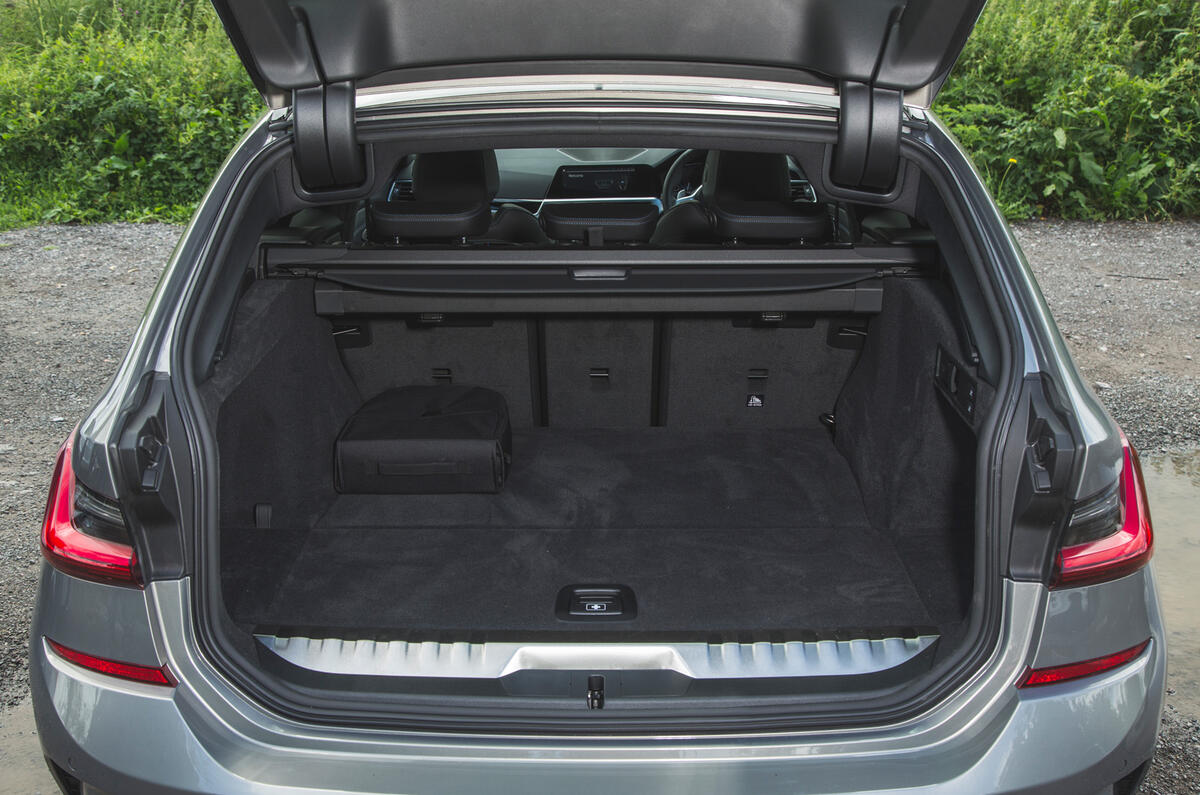
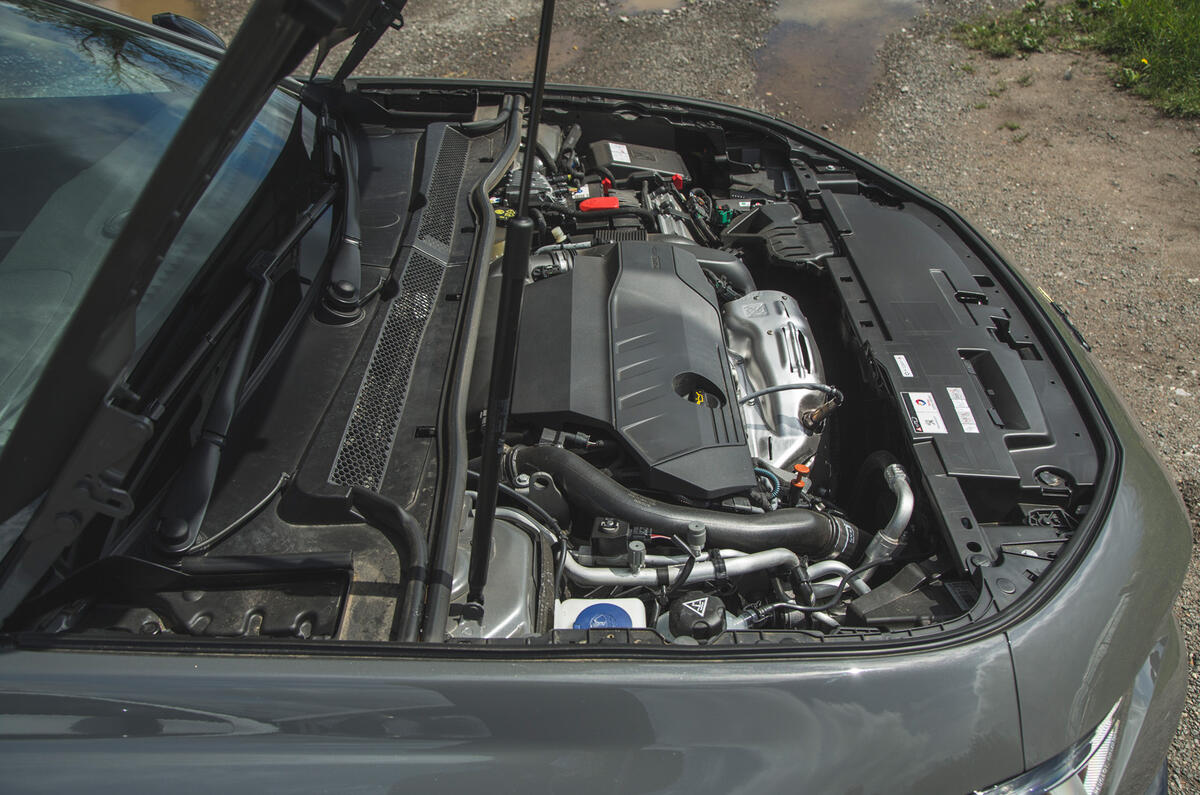
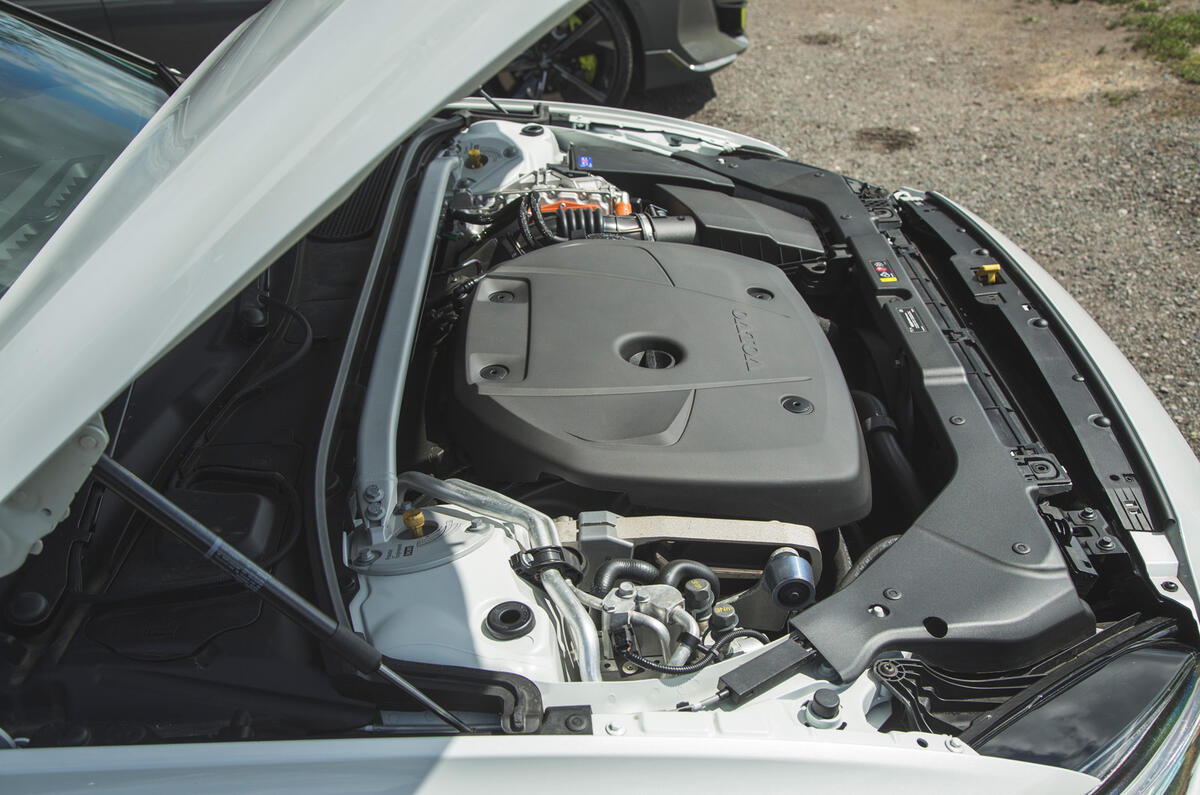
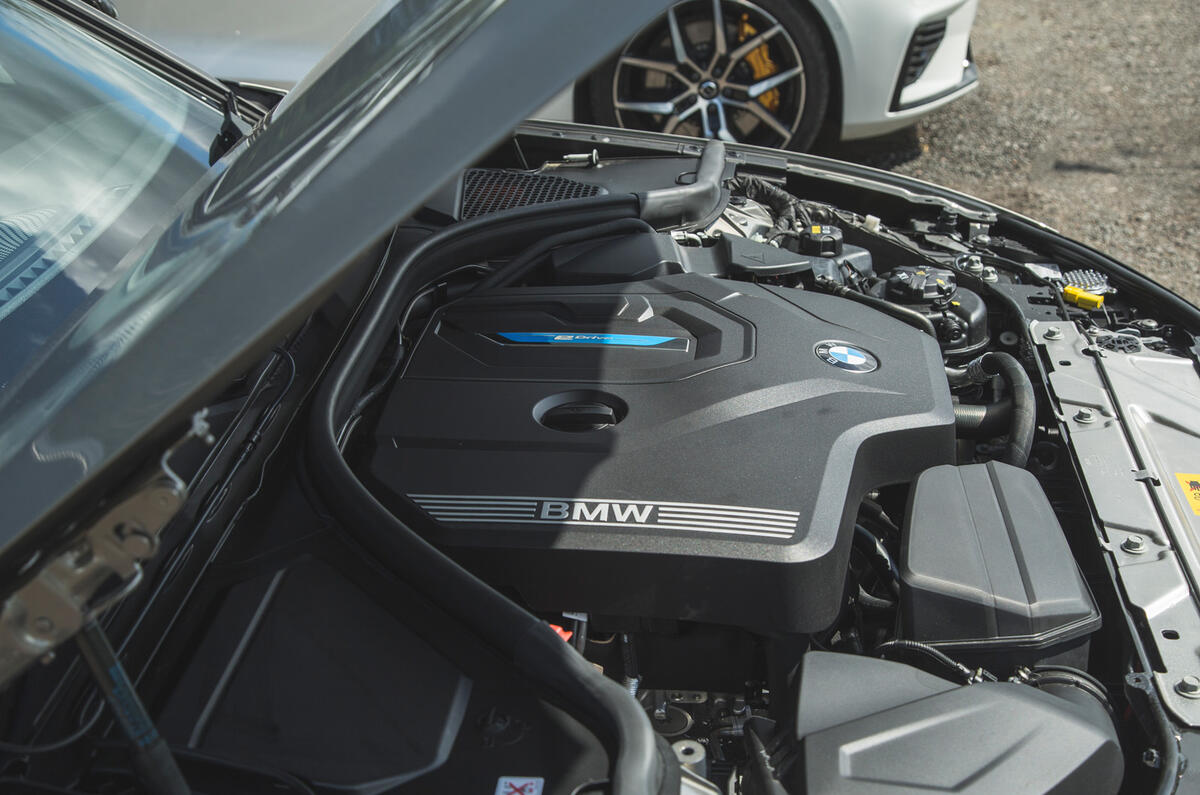

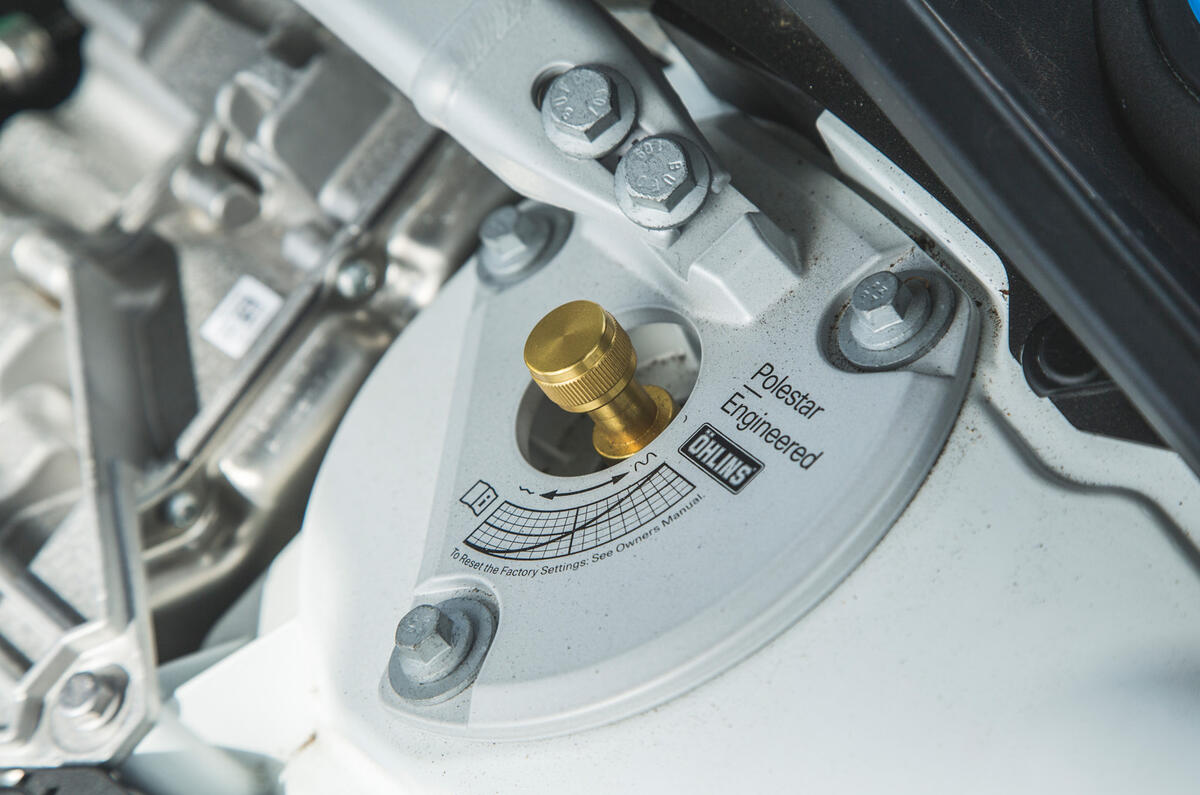
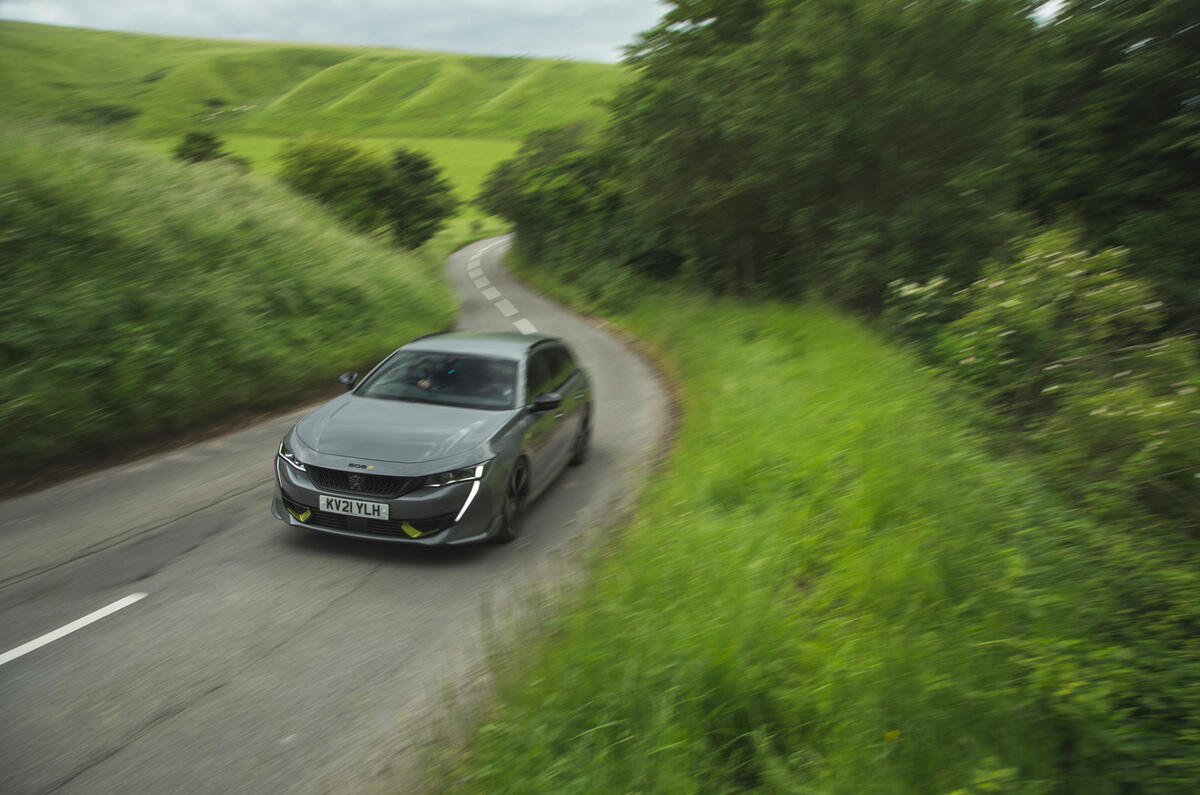
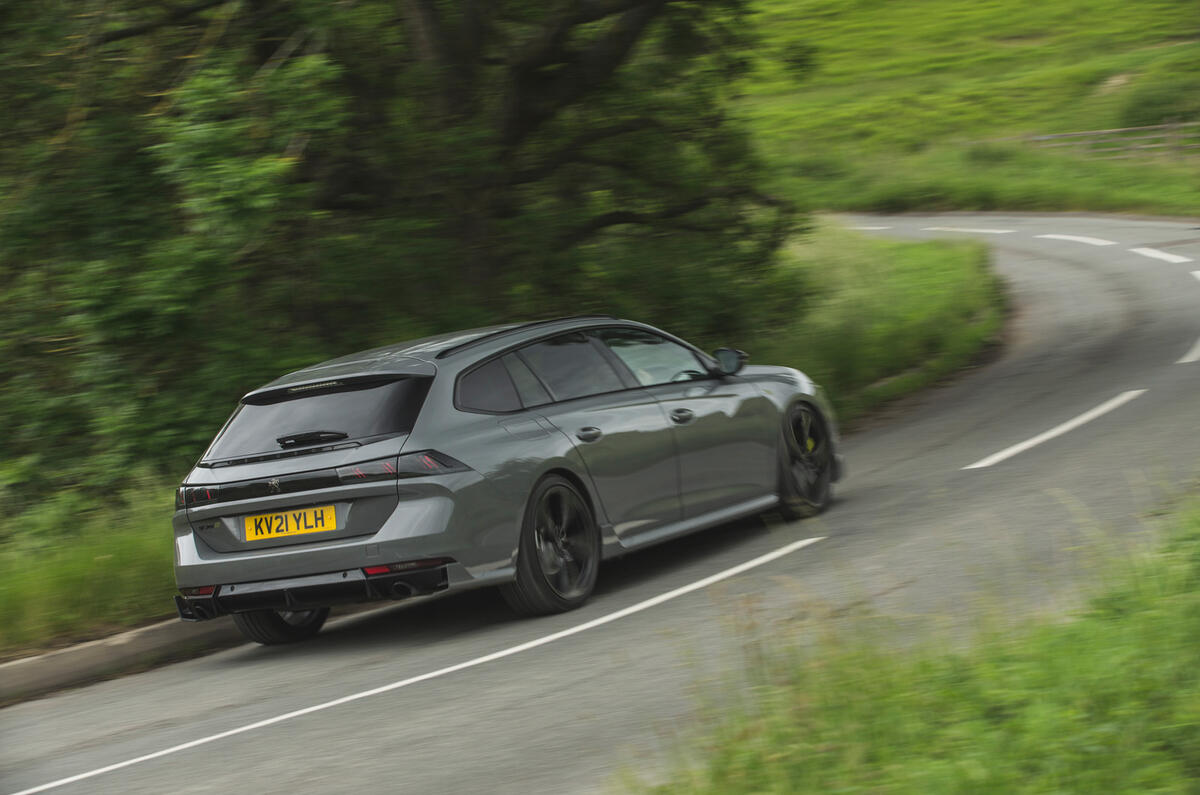
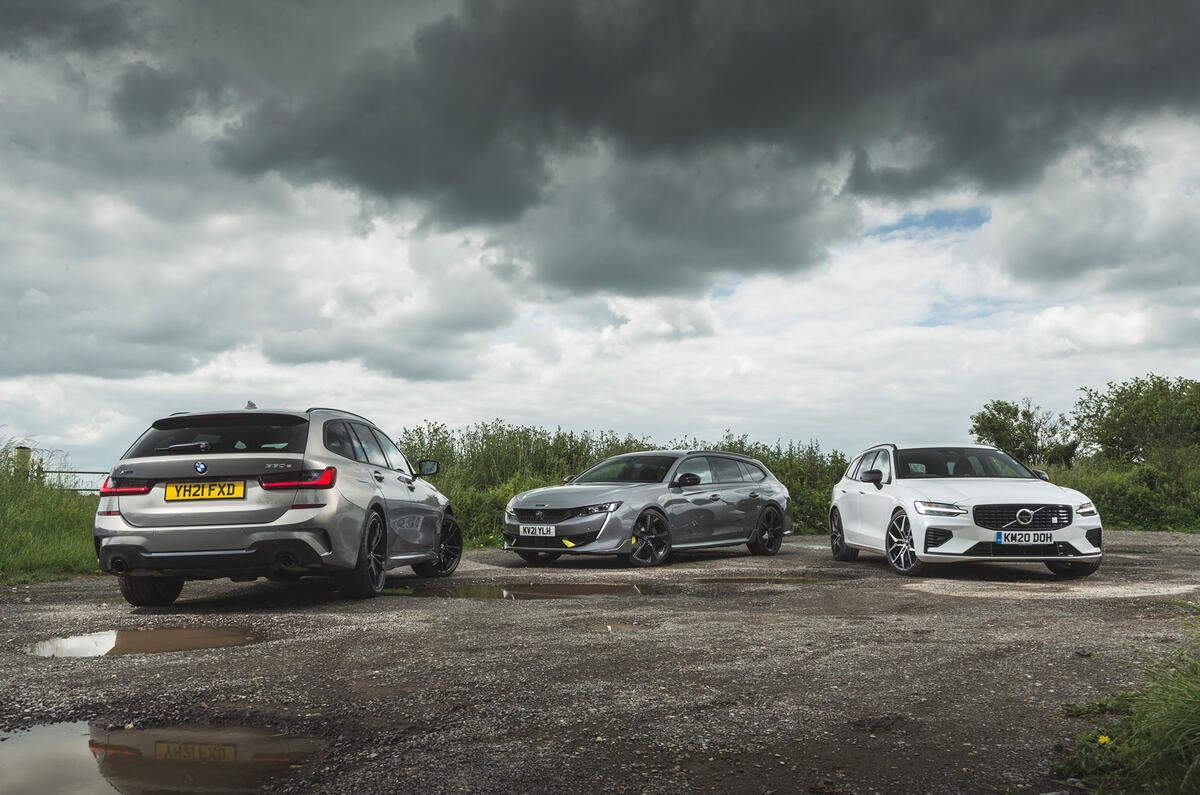

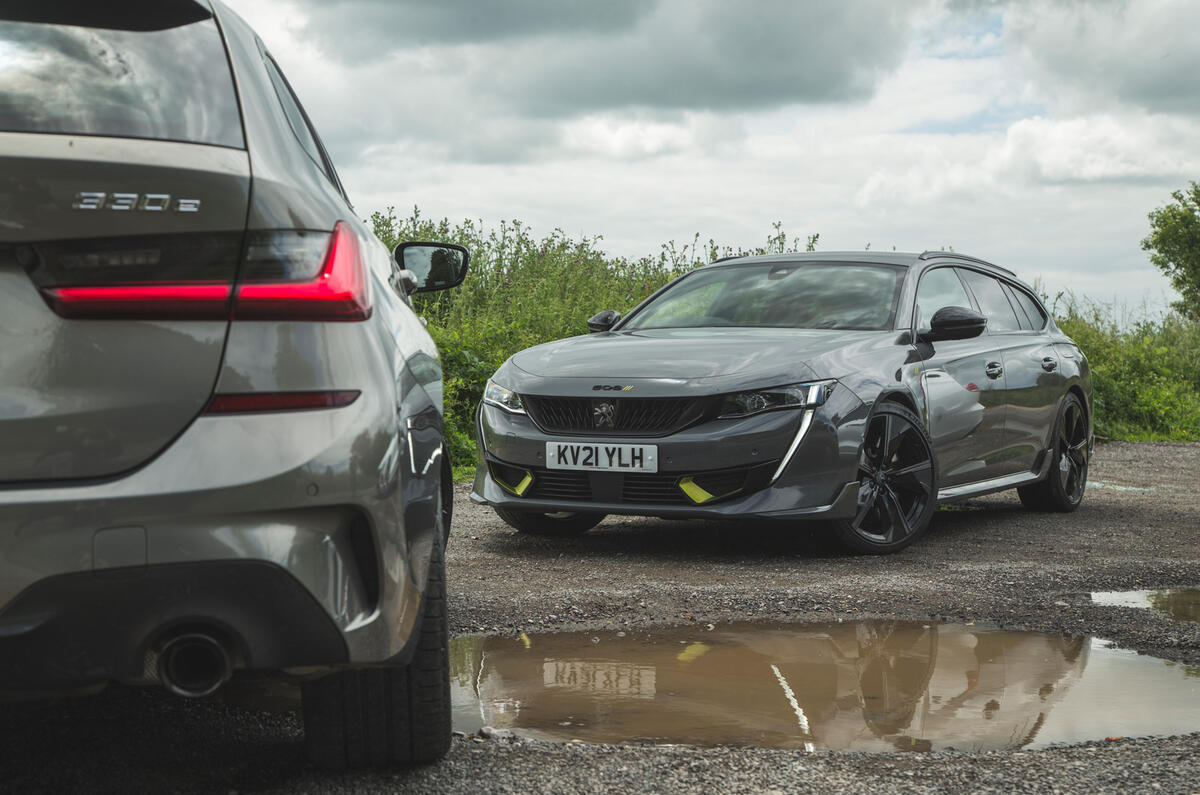







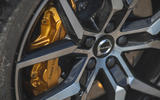

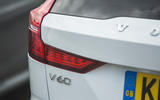

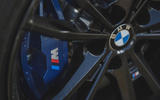
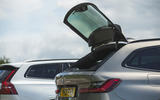
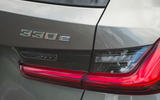
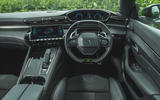
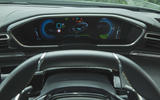

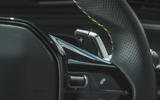

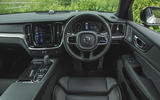
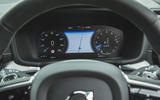



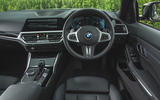
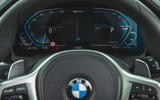


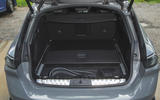

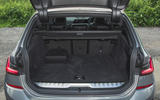

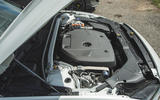
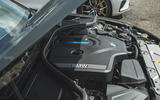
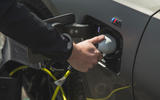











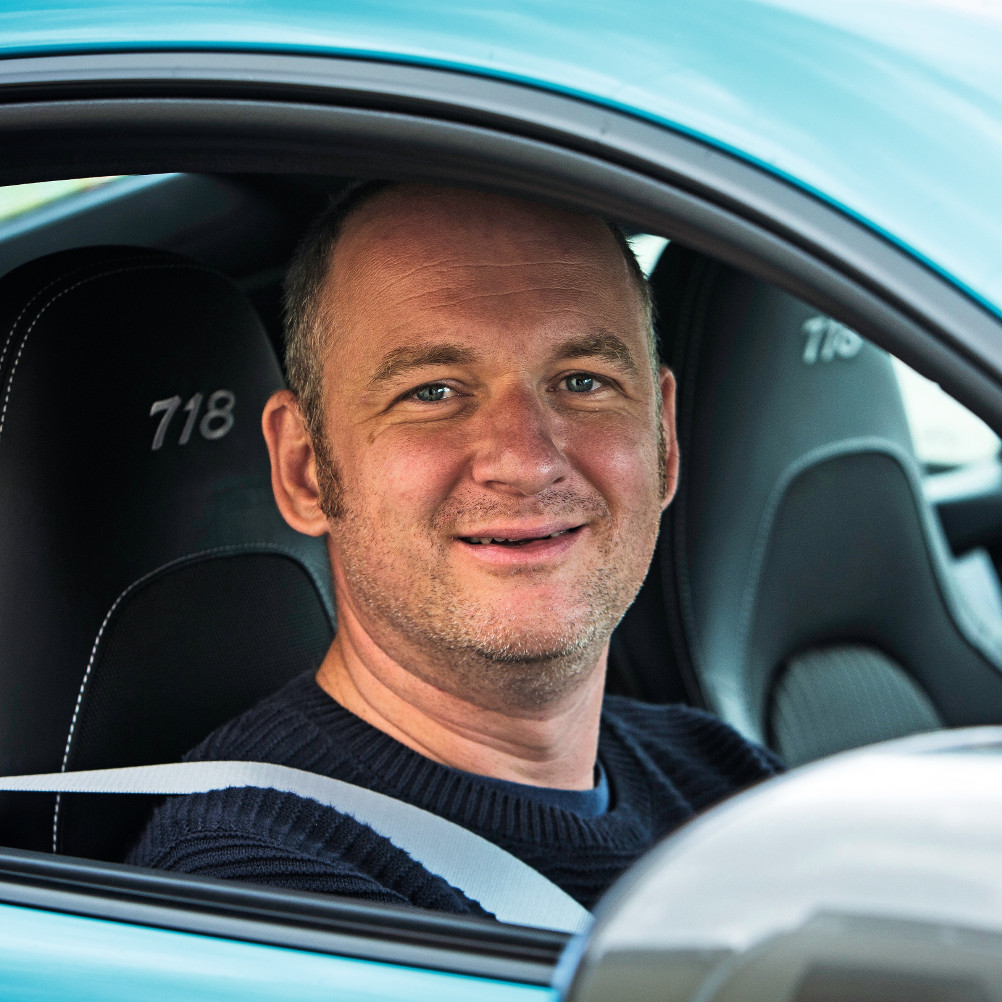




Join the debate
Add your comment
Congratulations to Peugeot for making an excellent car that raises the bar and is a perfect all rounder. The reviewers cant just bring themselves to declare it the outright winner despite being clearly better in aspects of comparisons, or even give a recommendation to buy it. We understand, and prefer to conclude for ourselves. Viva Peugeot!.
Not often you get a review where all 3 are losers.
At that price, you might as well consider an M340i or M340d. Both are lighter, both are much faster, and the latter will almost certainly be more efficient. Oh, and you get BMW's amazingly smooth straight six, which imo sells it for me.